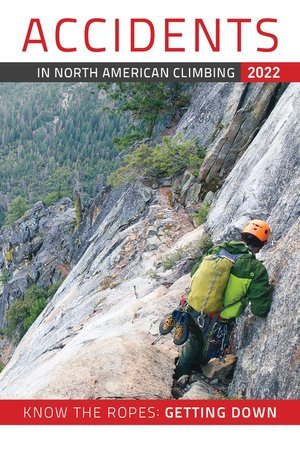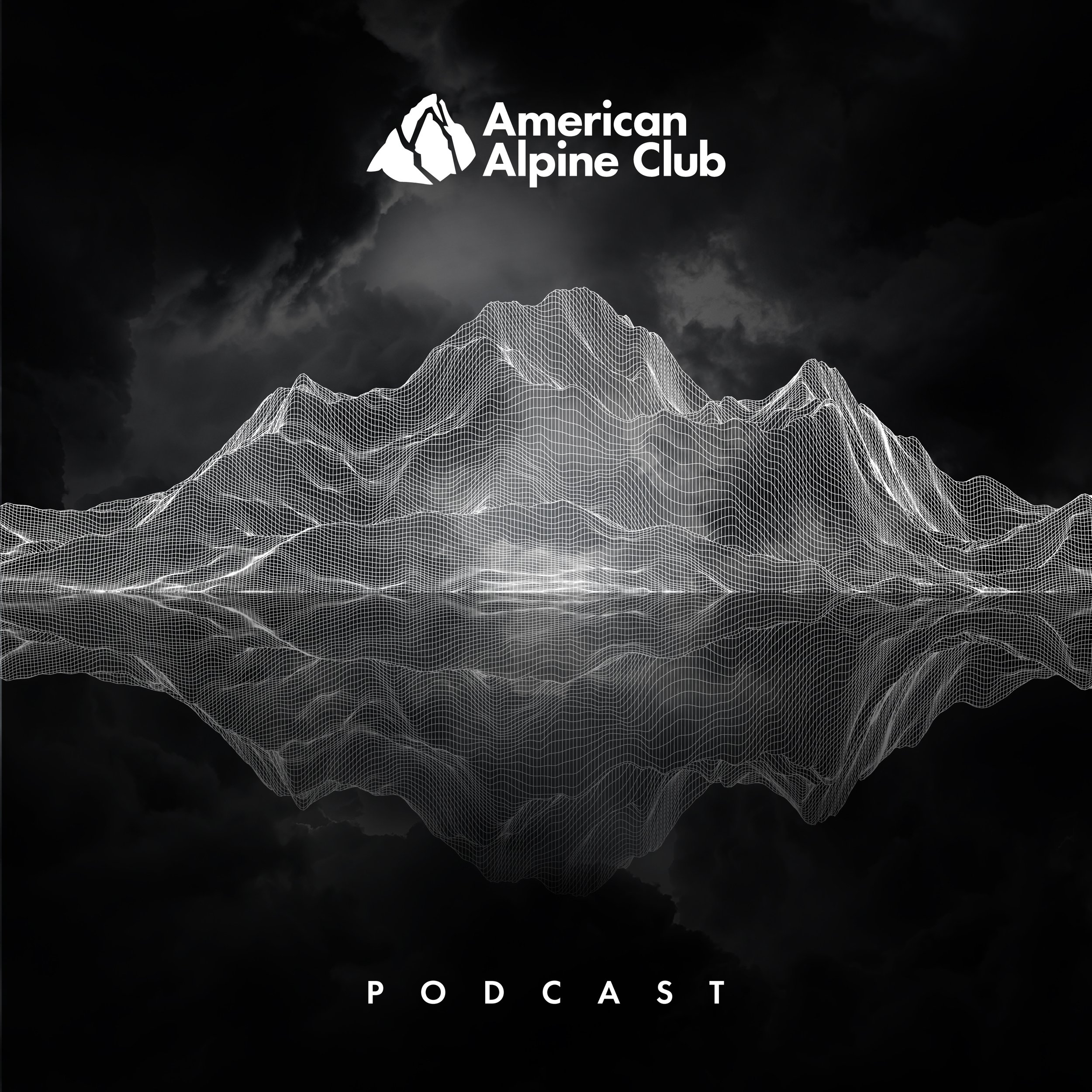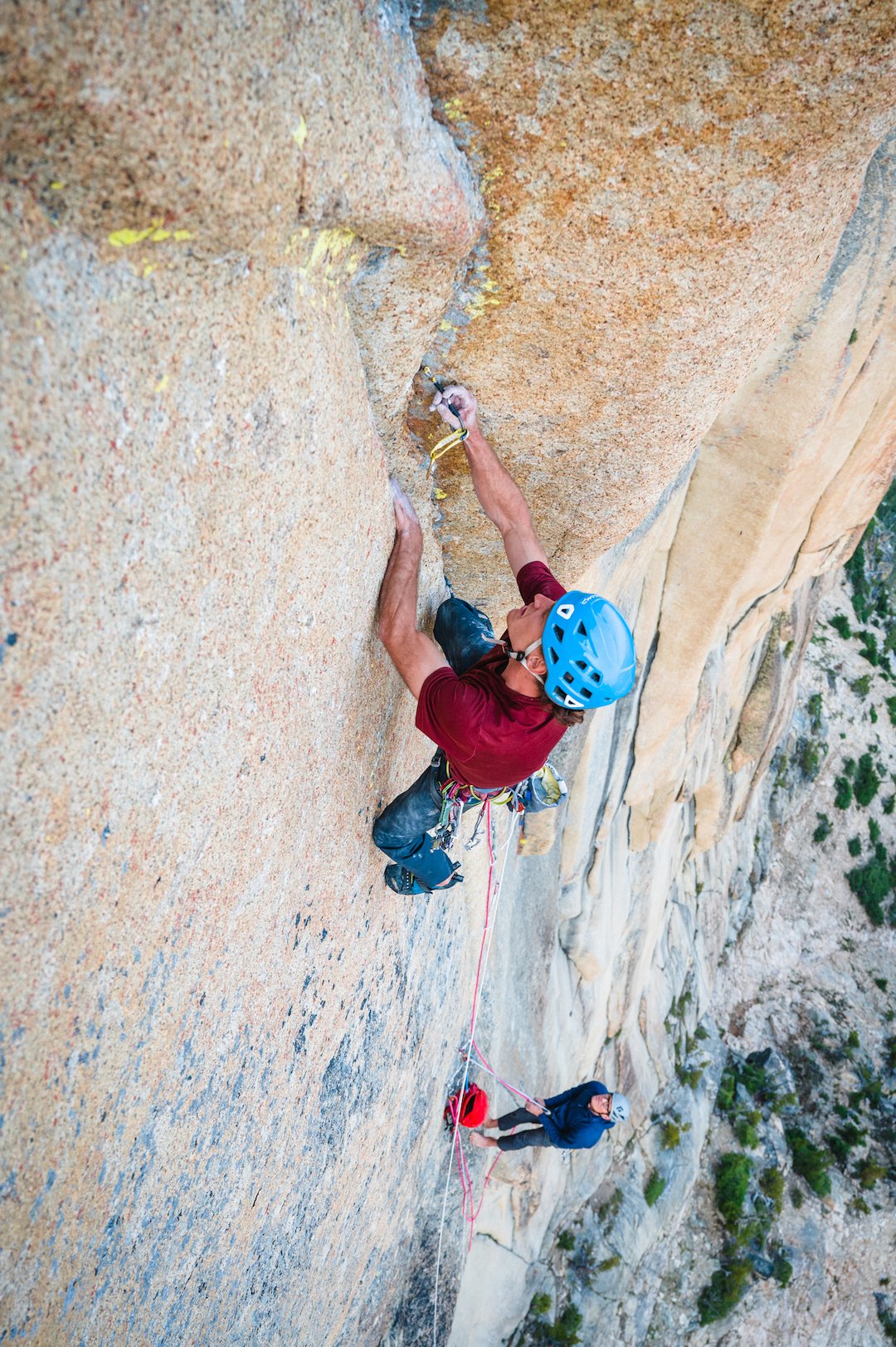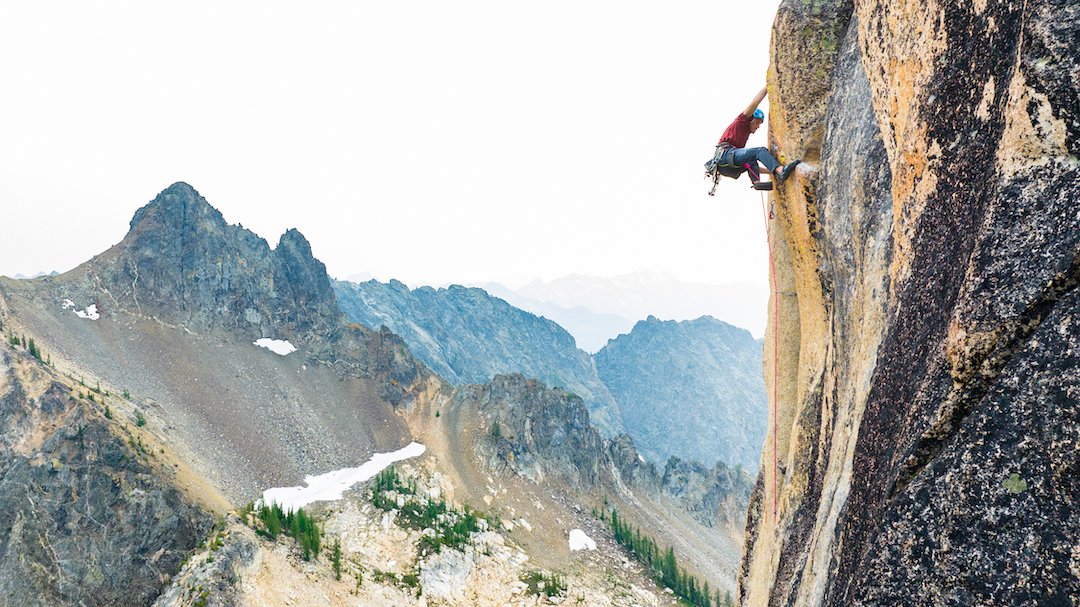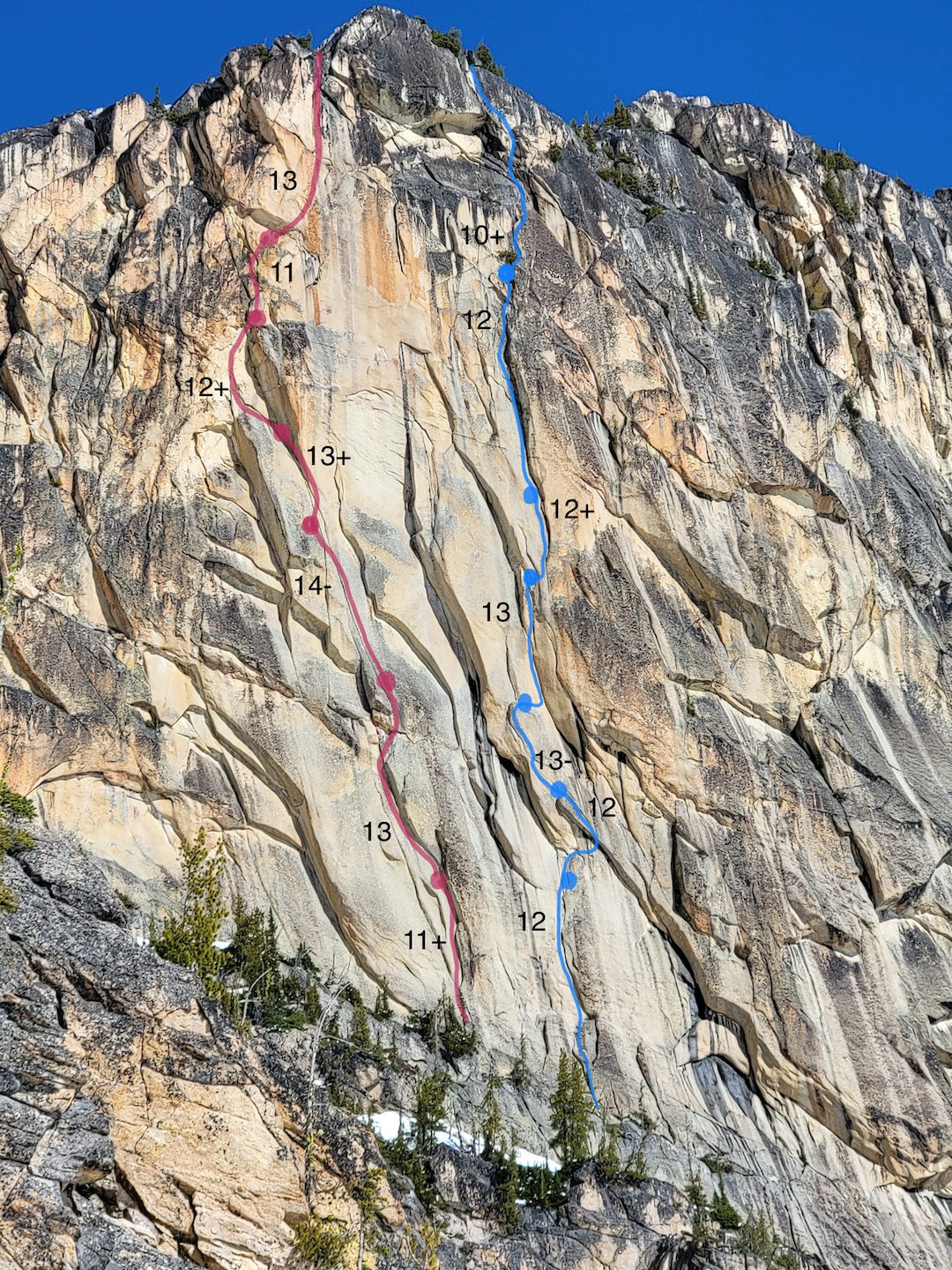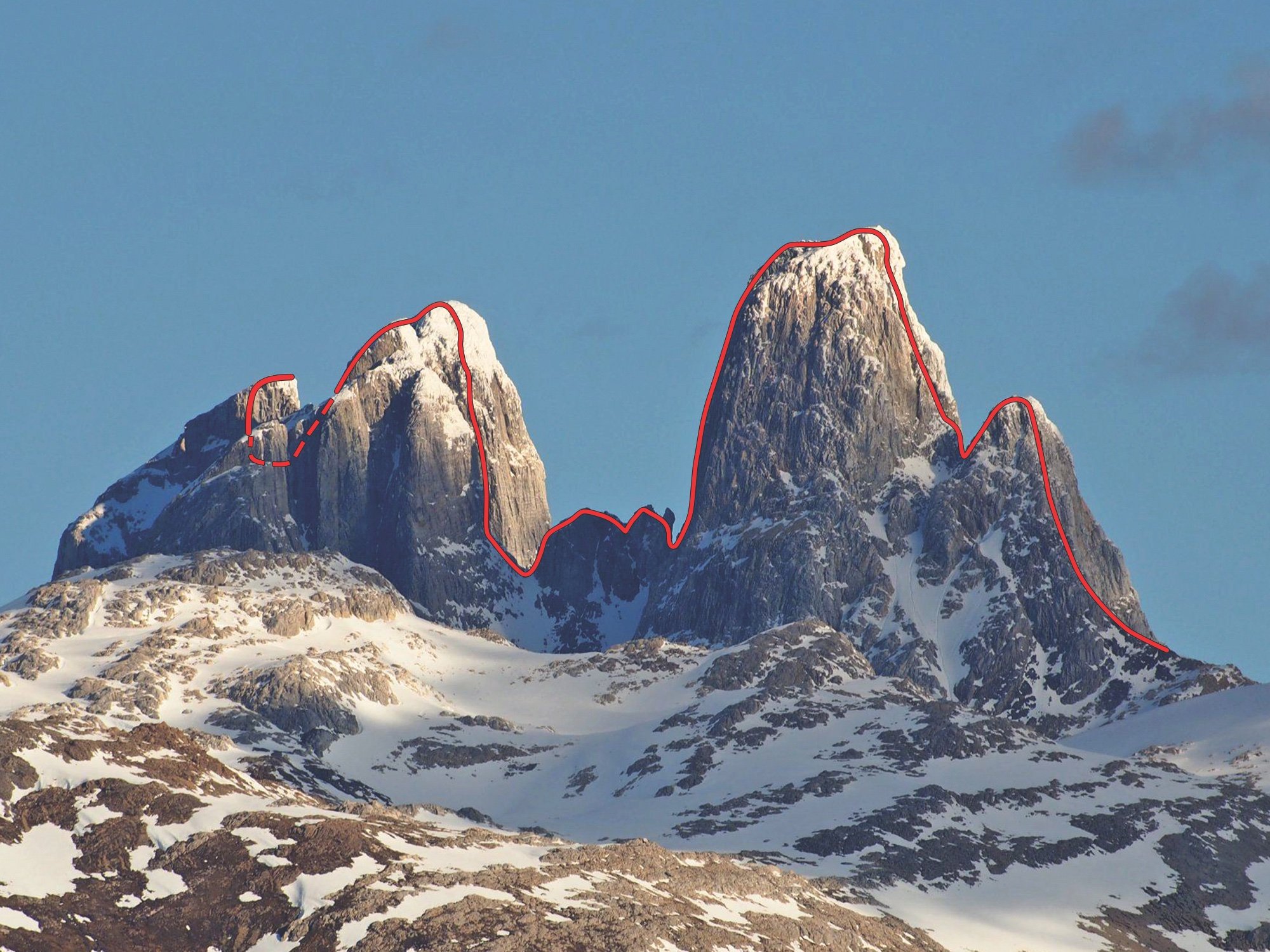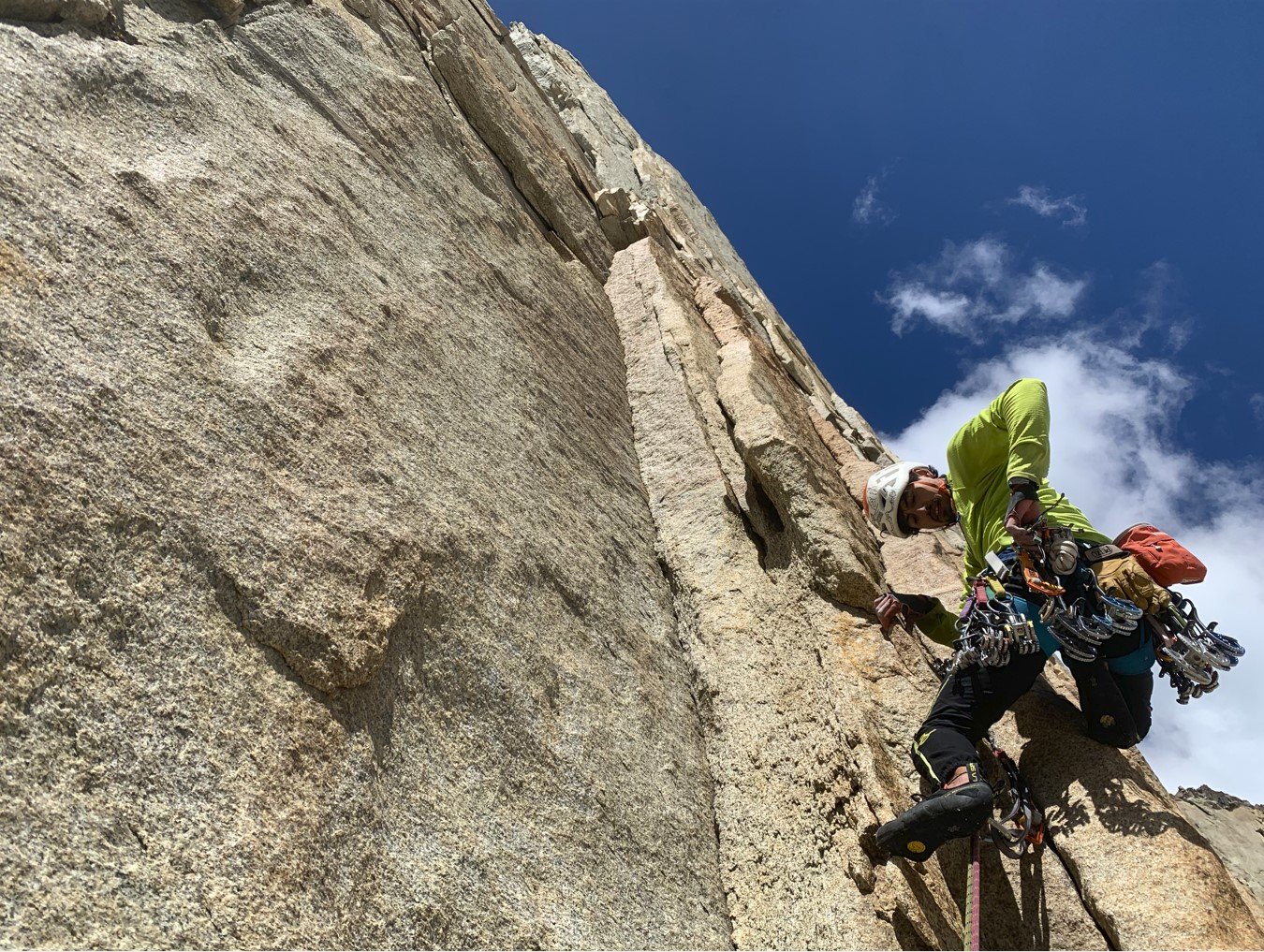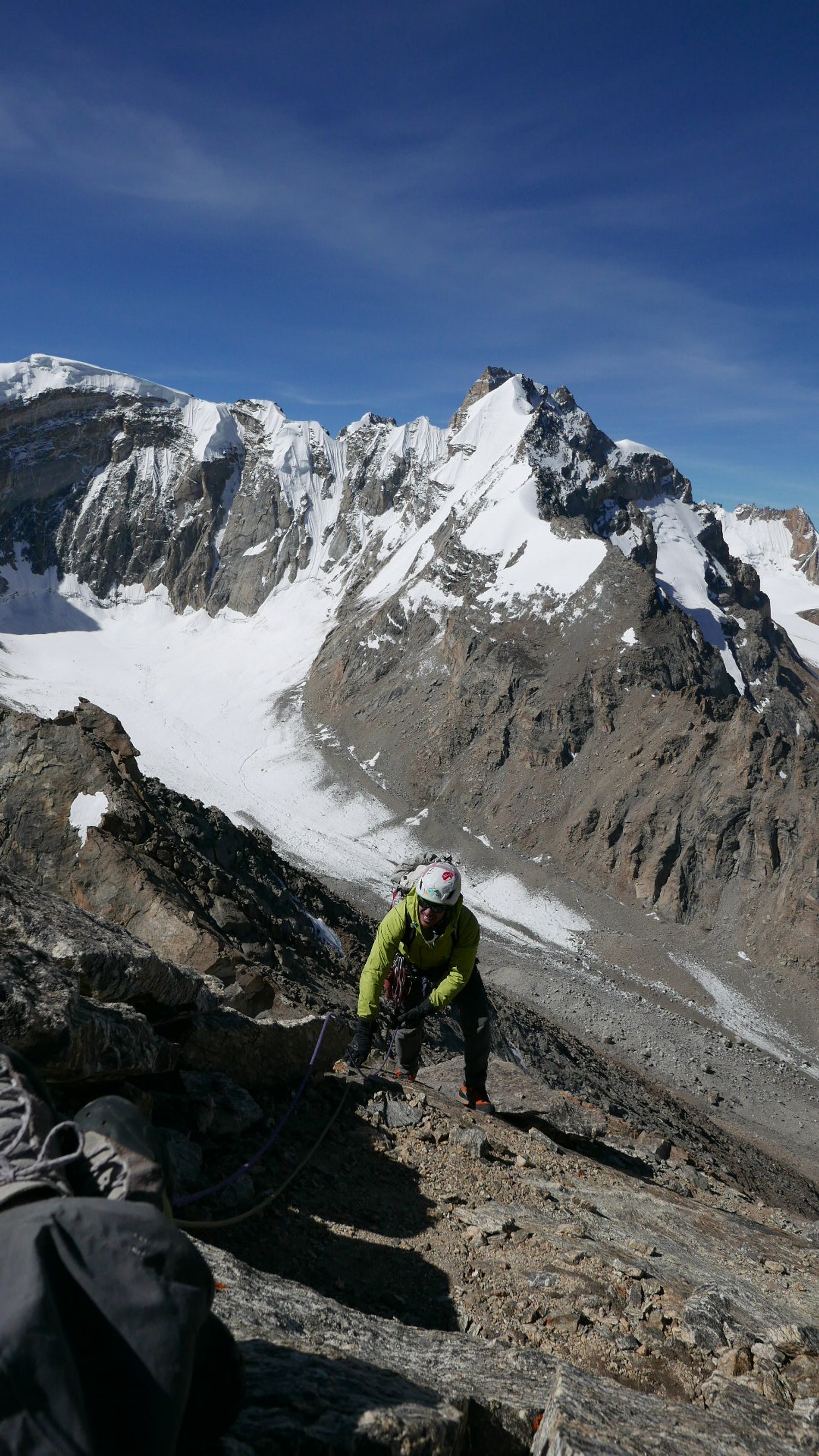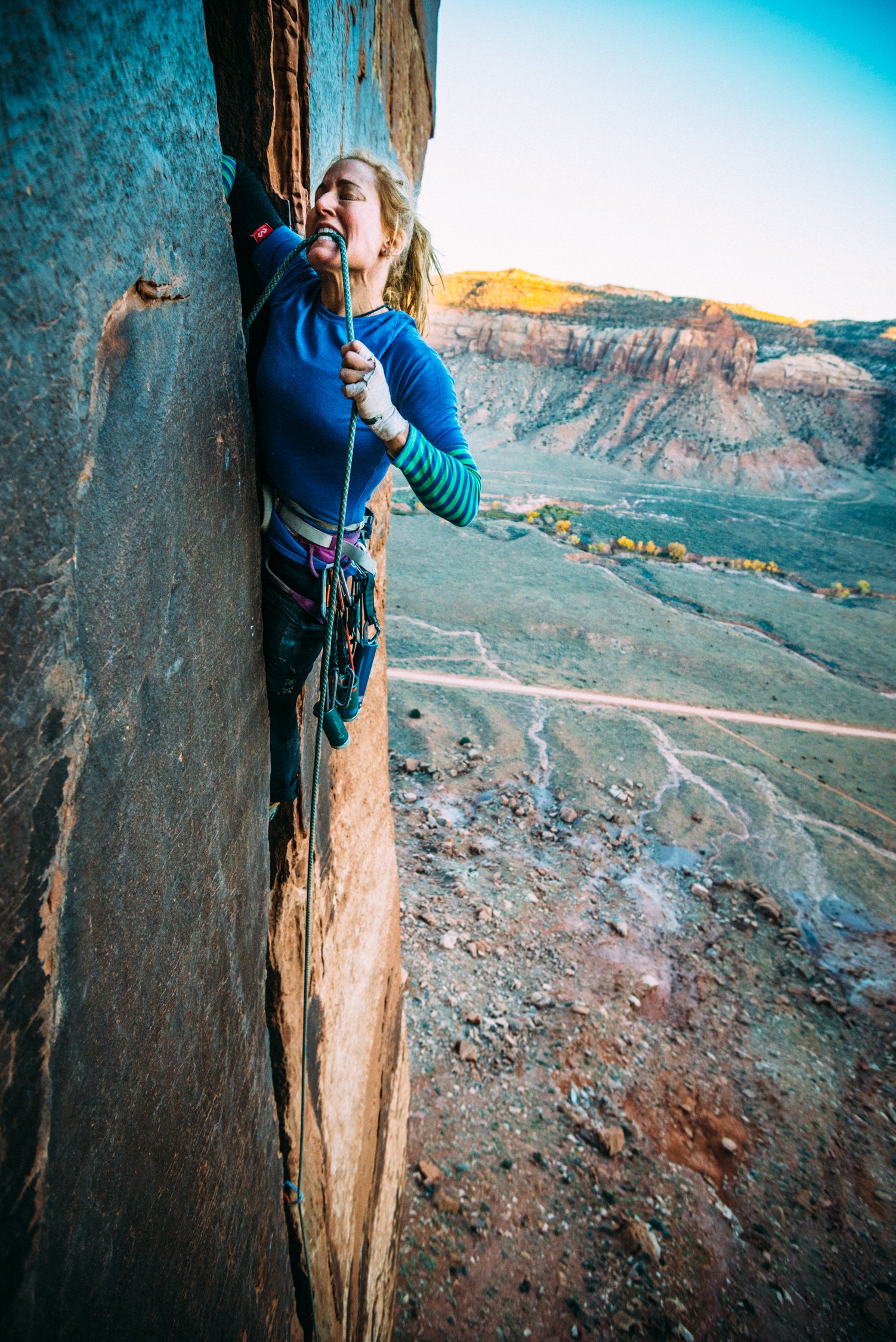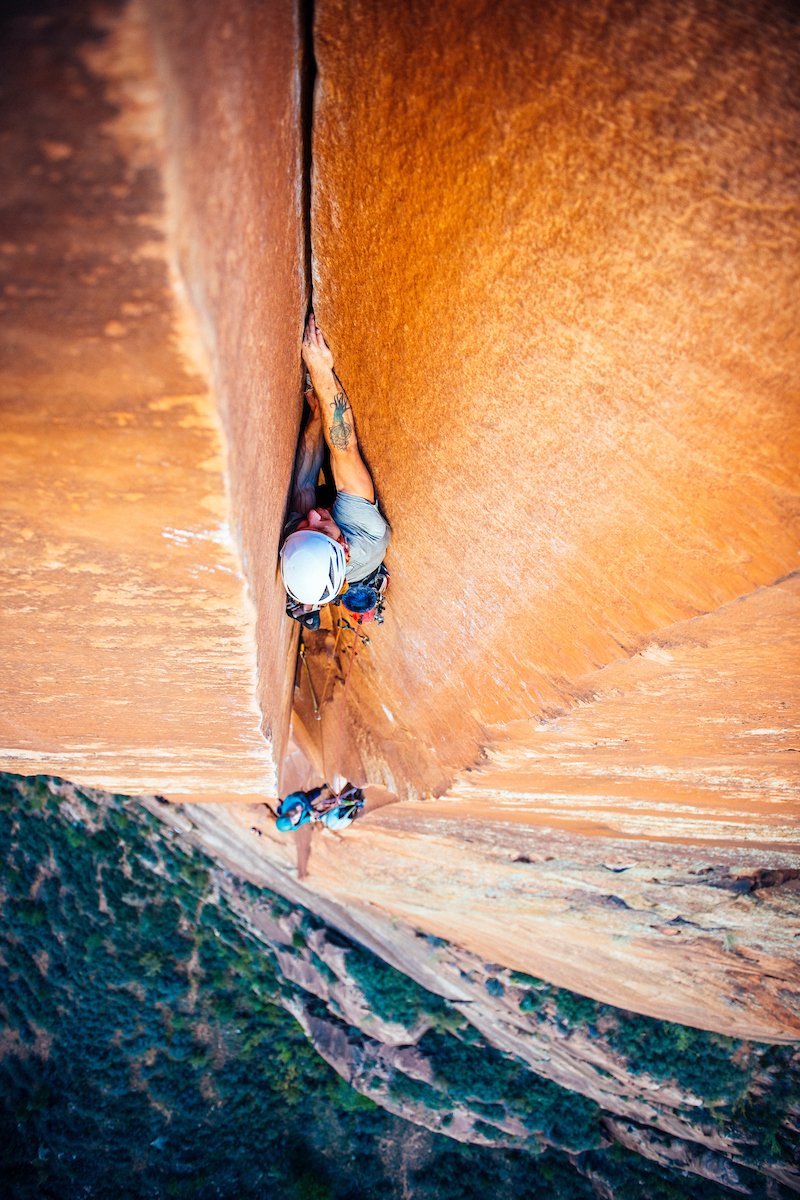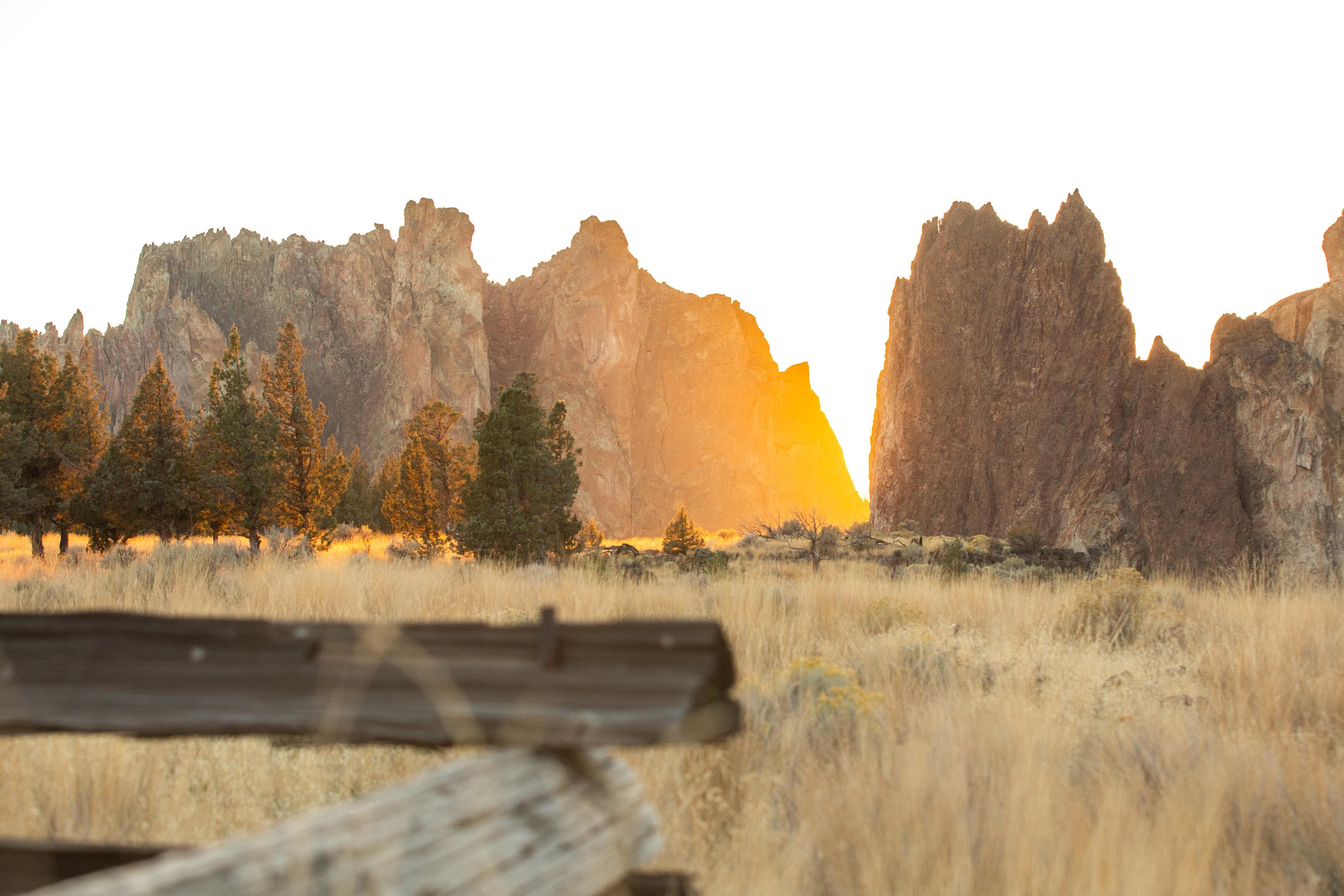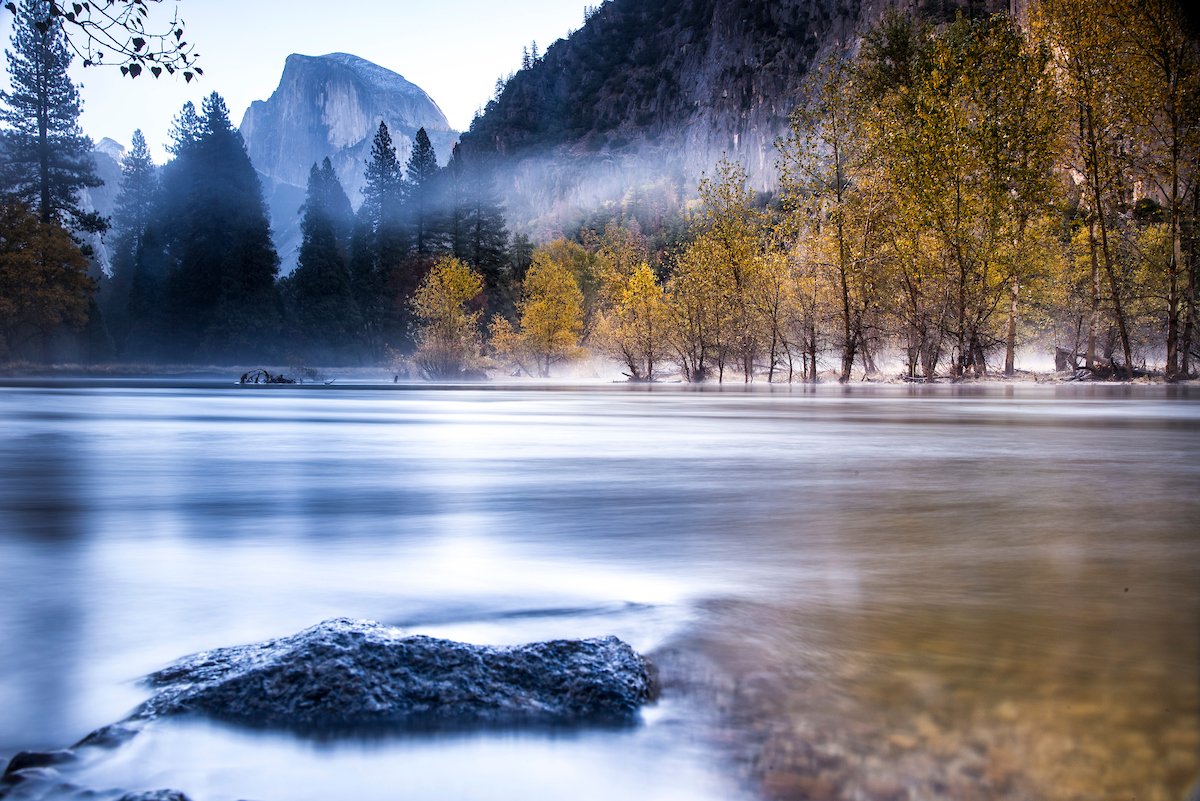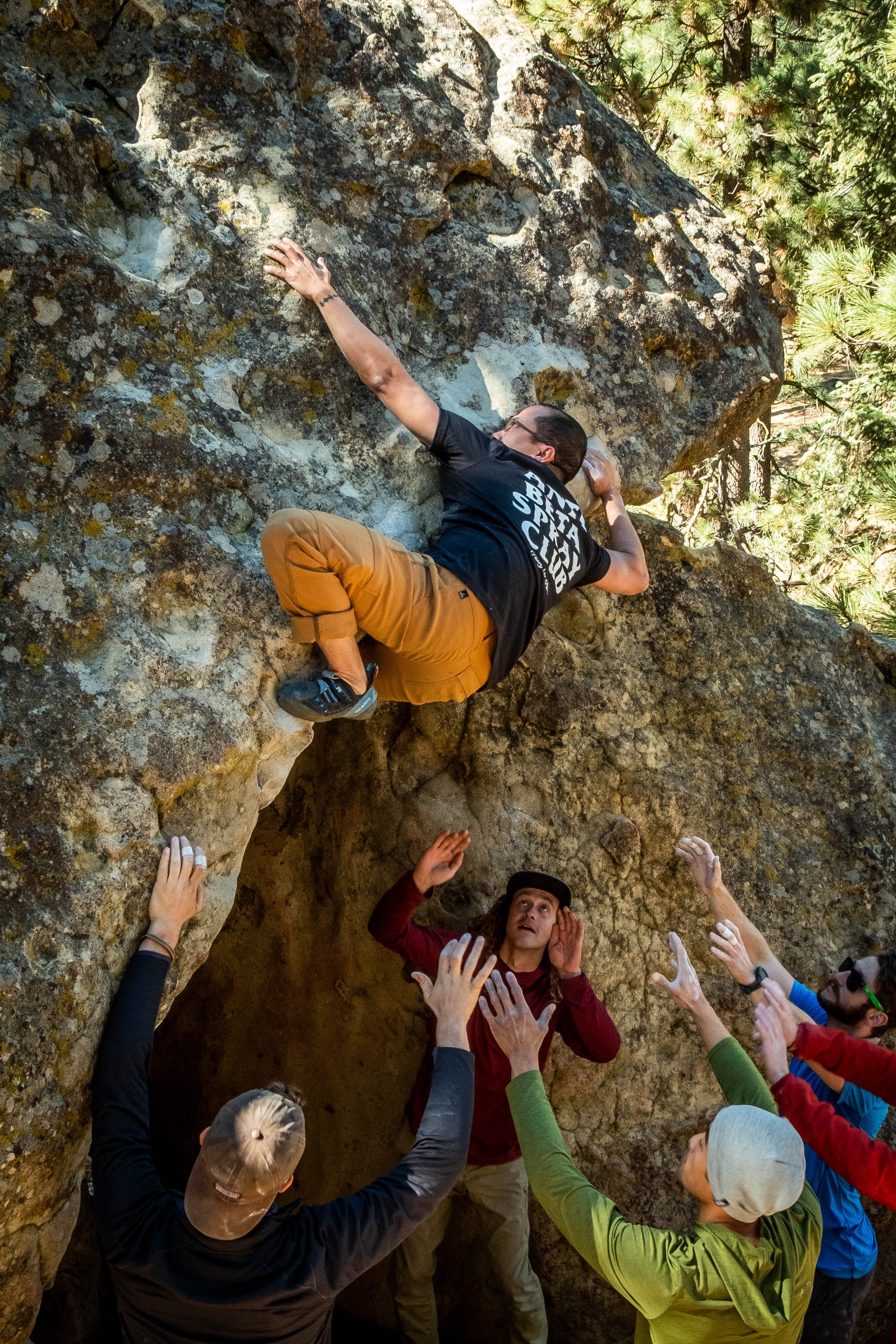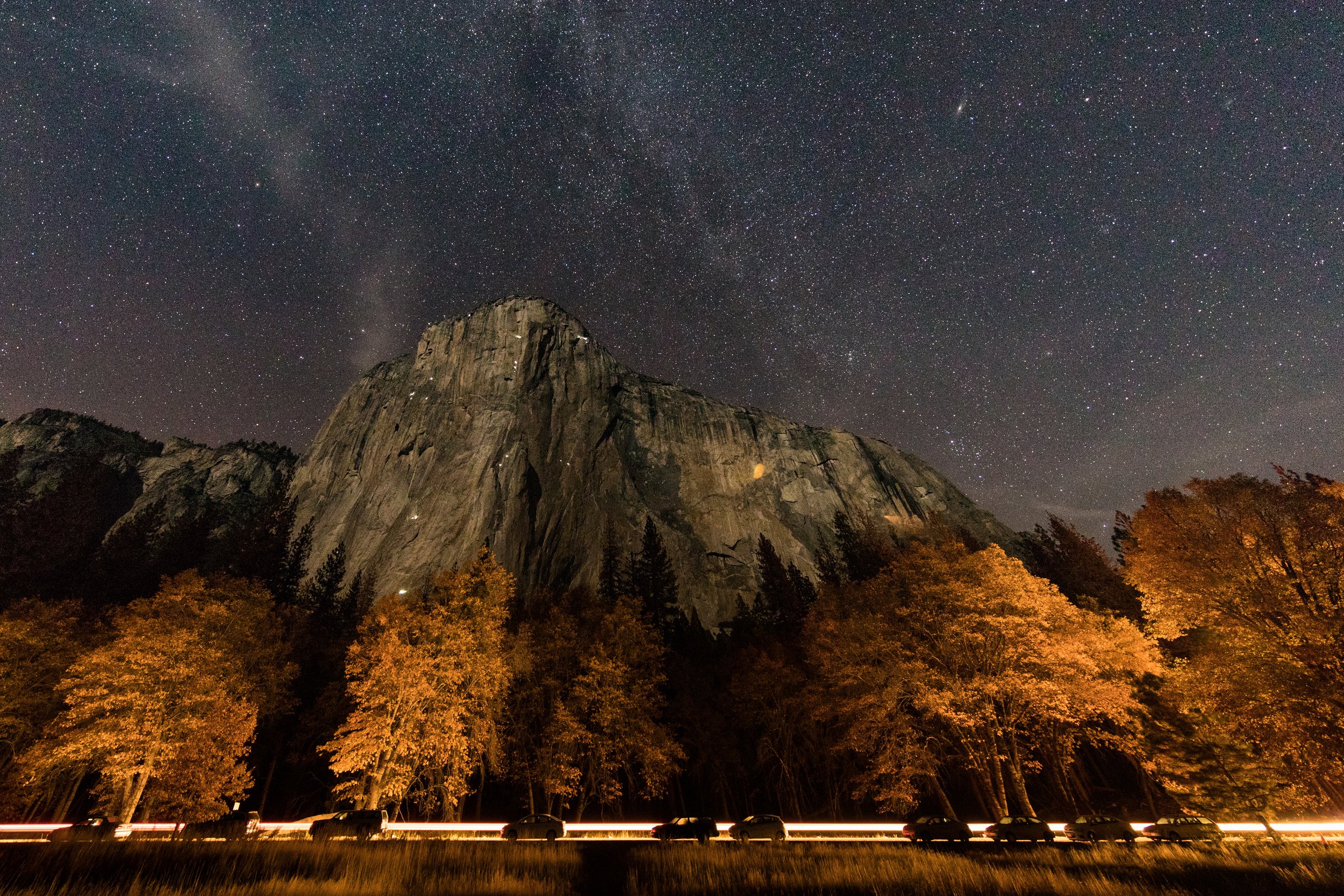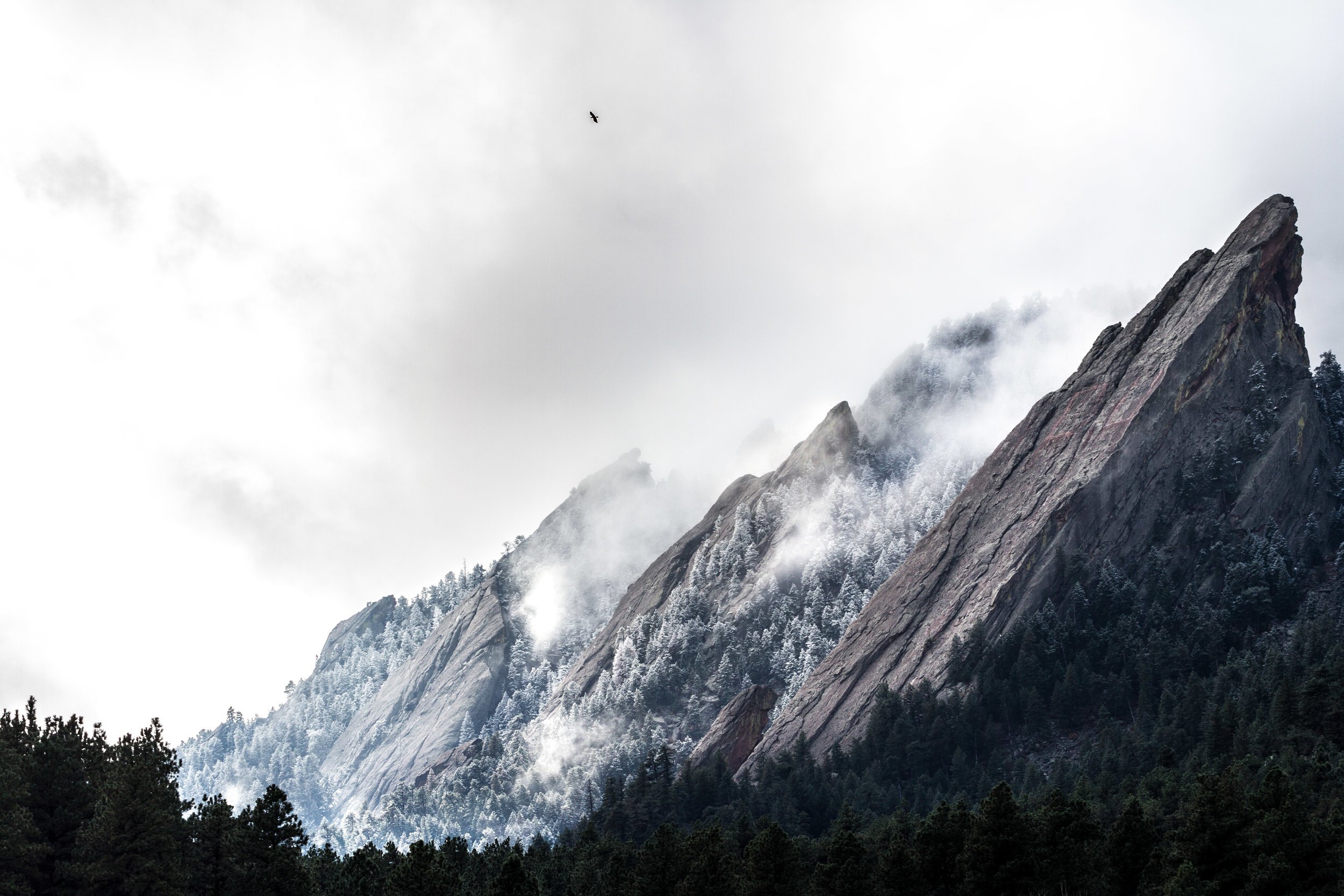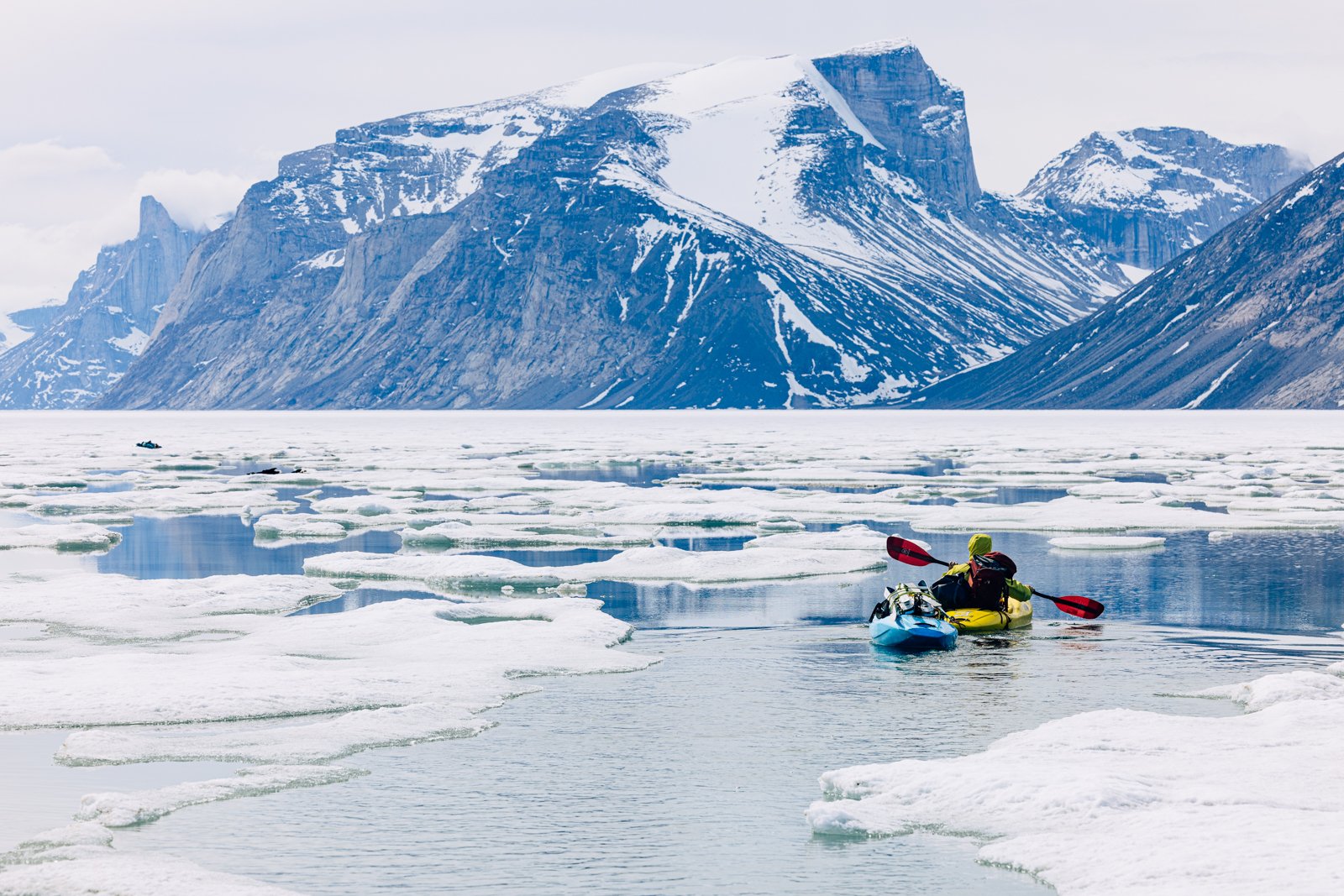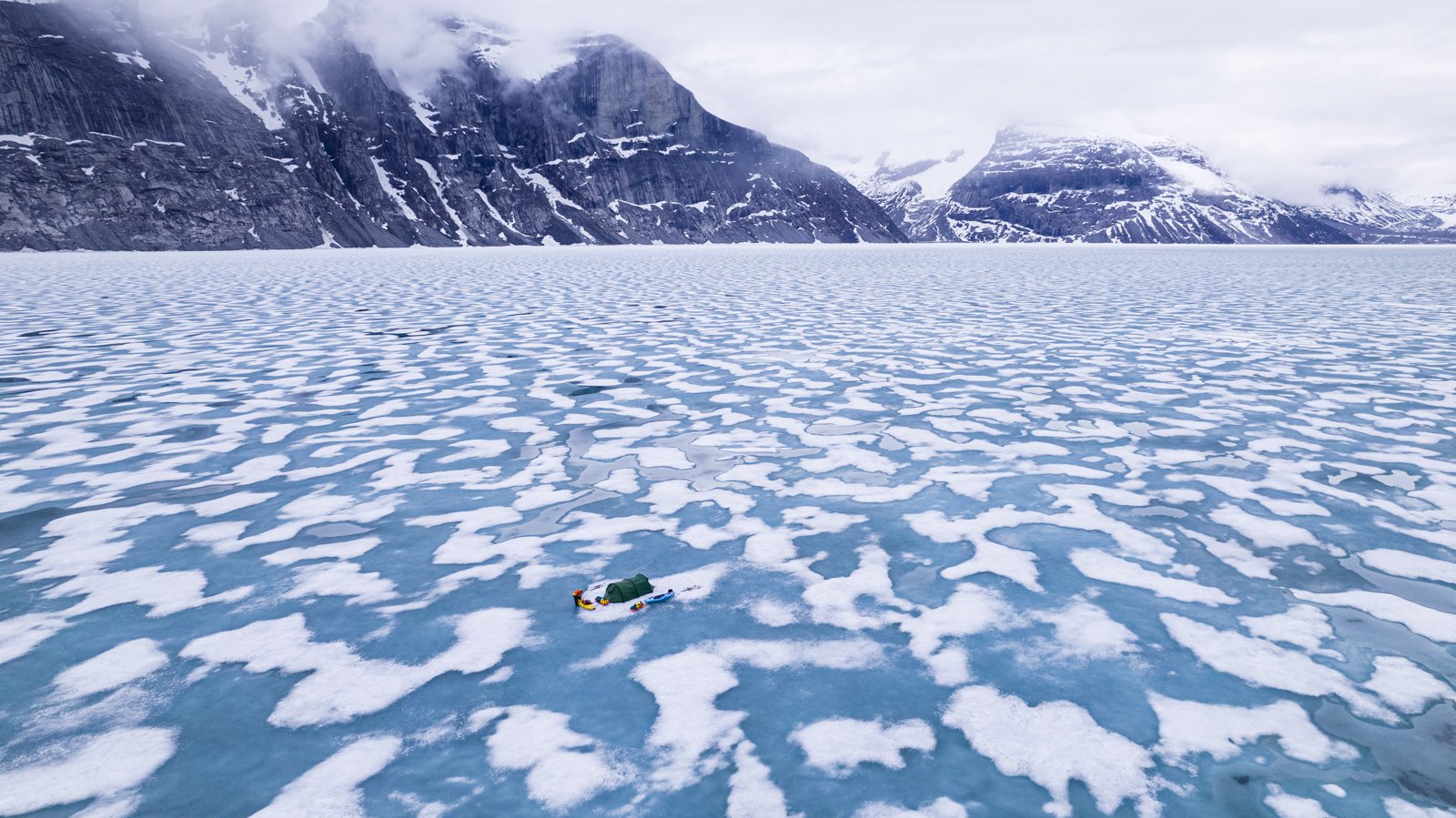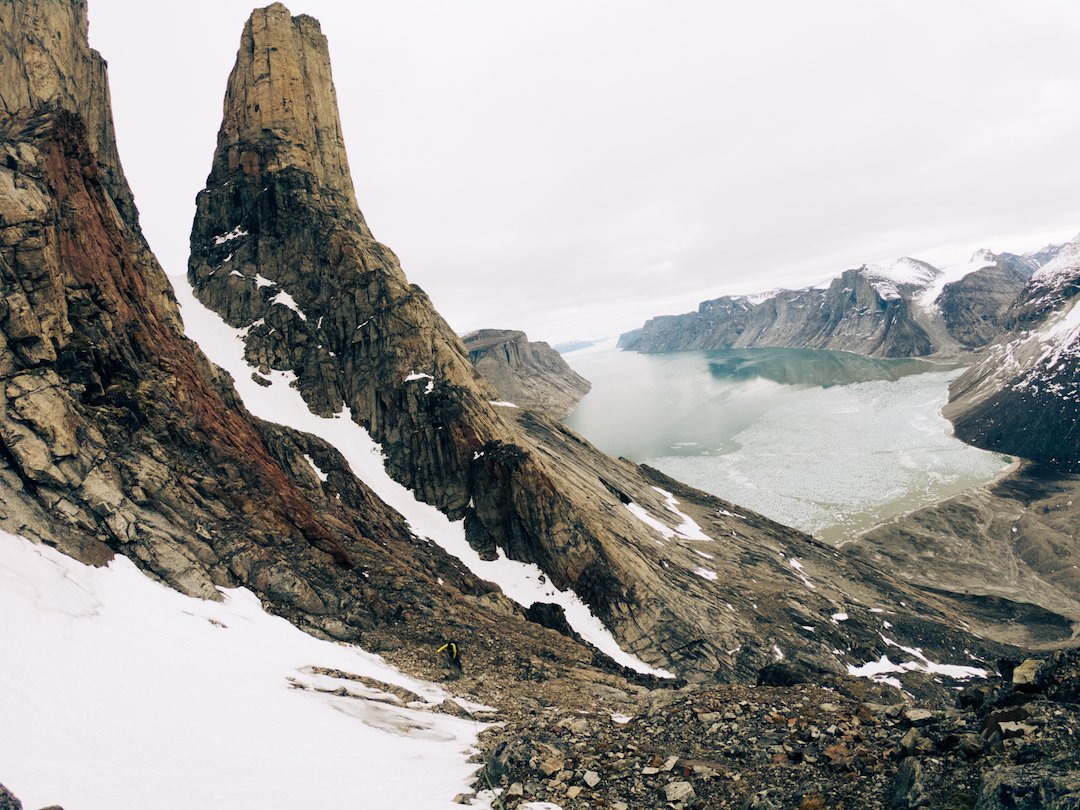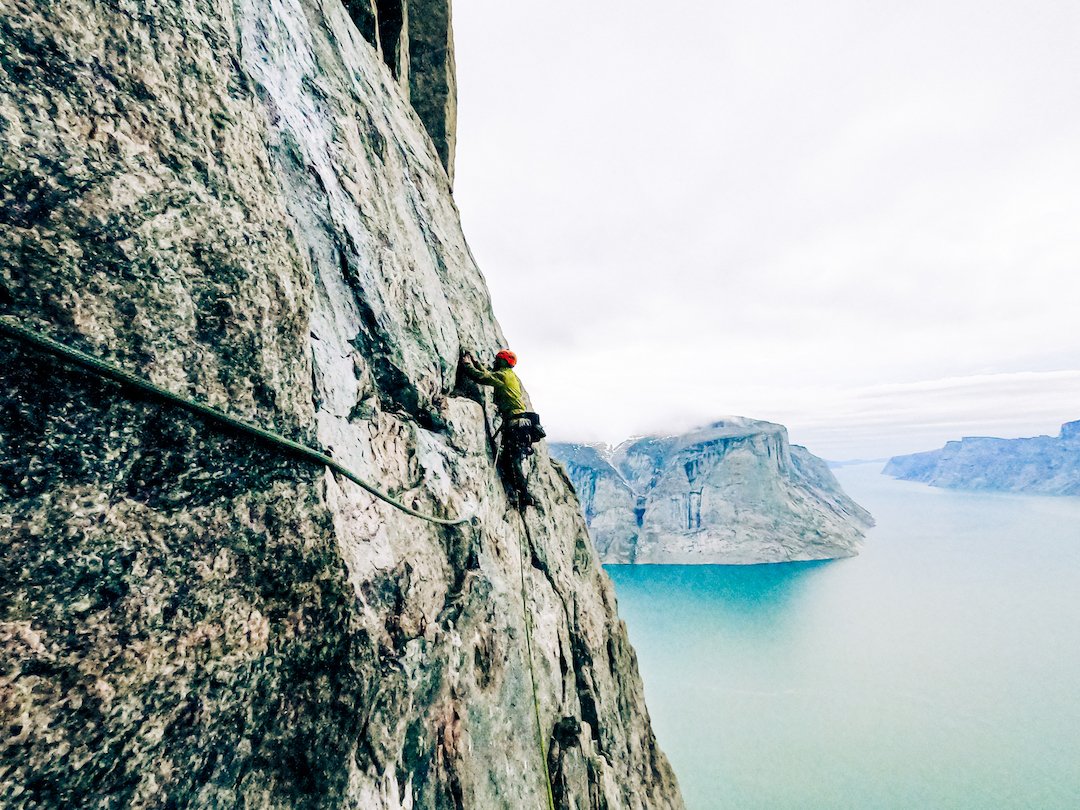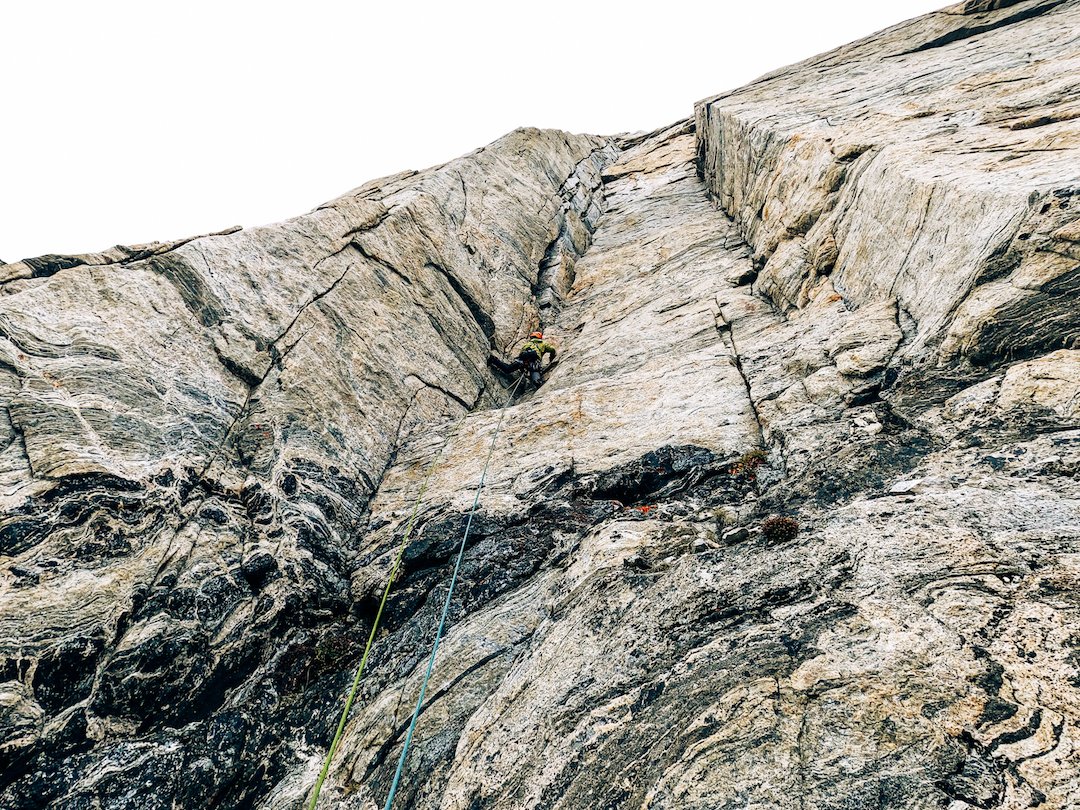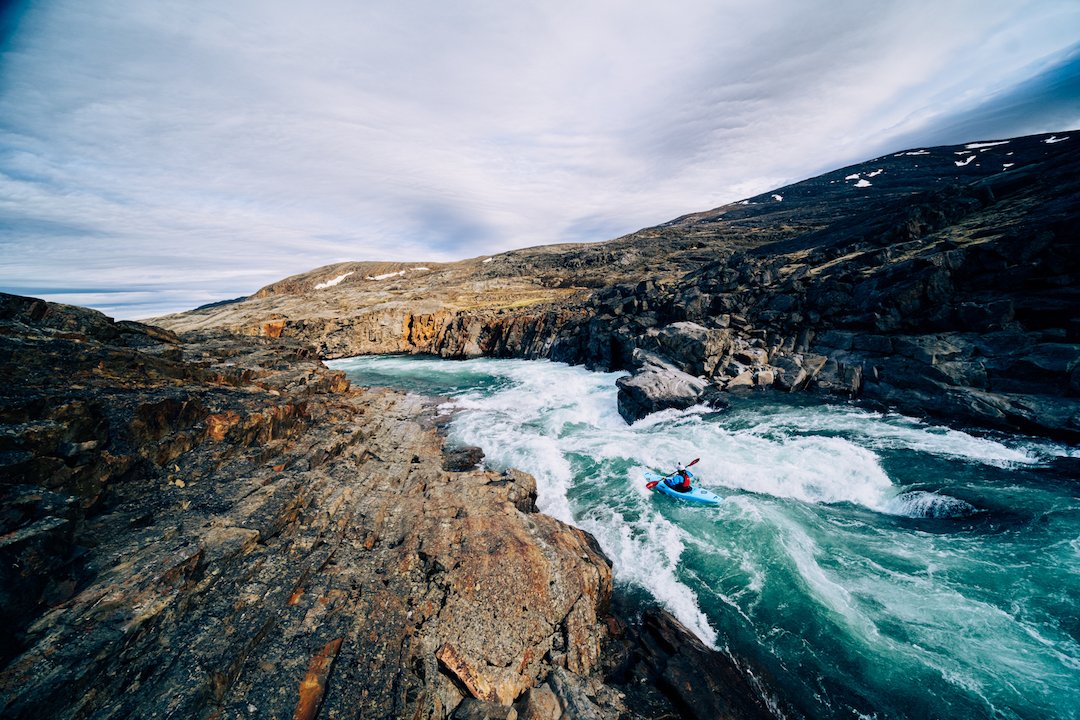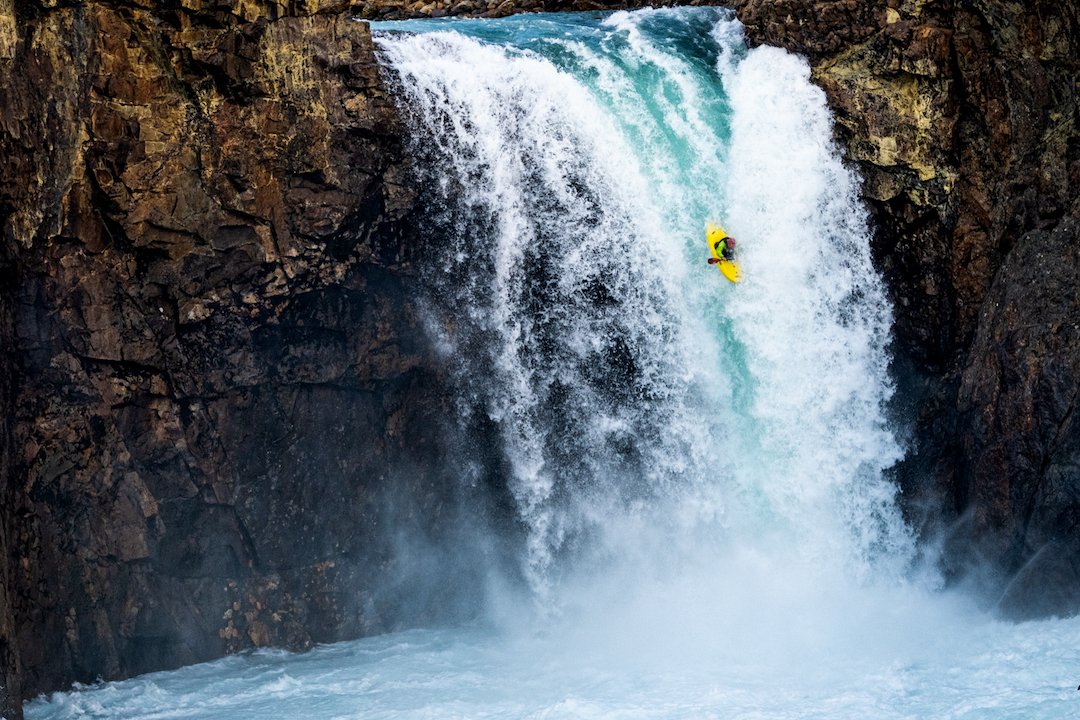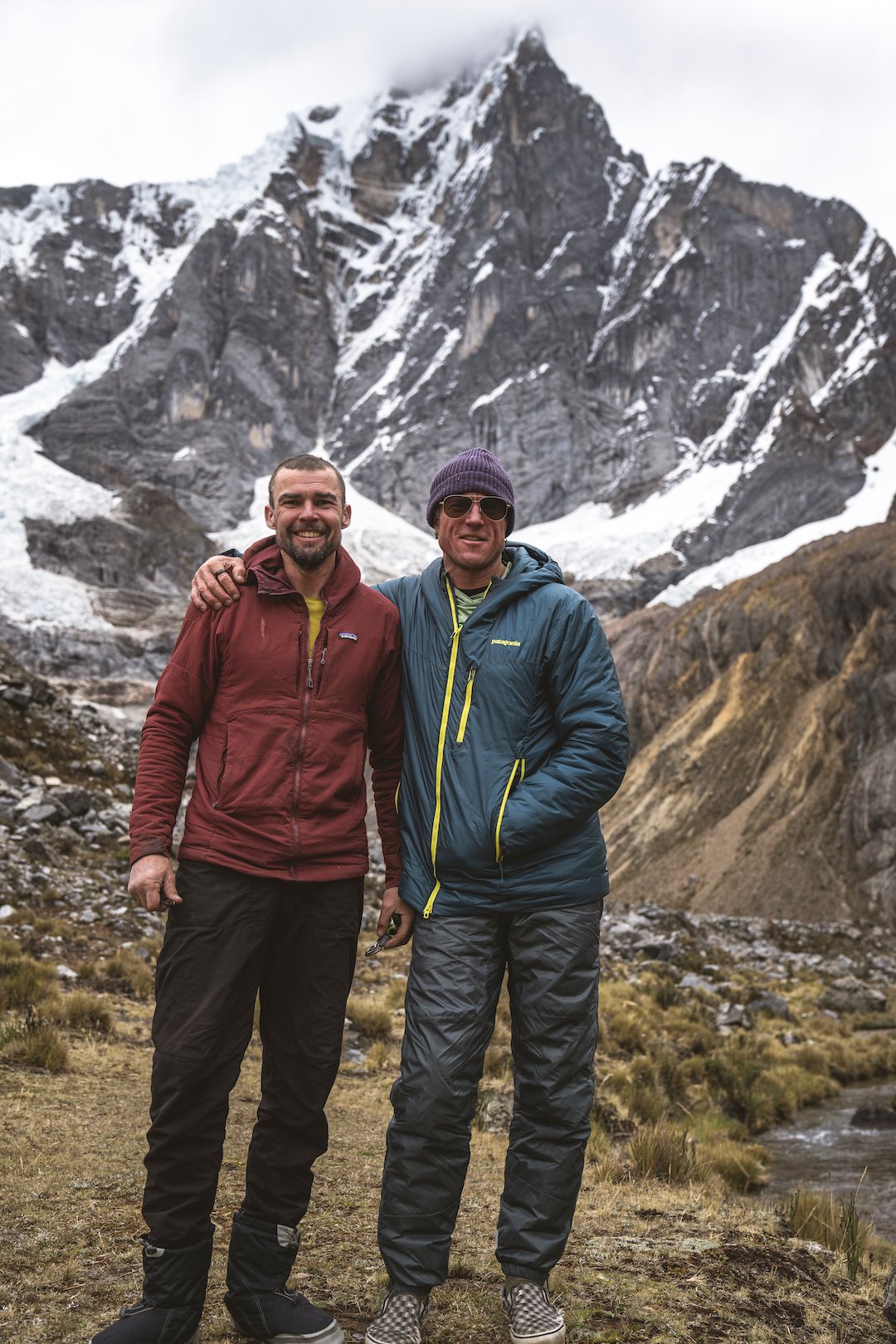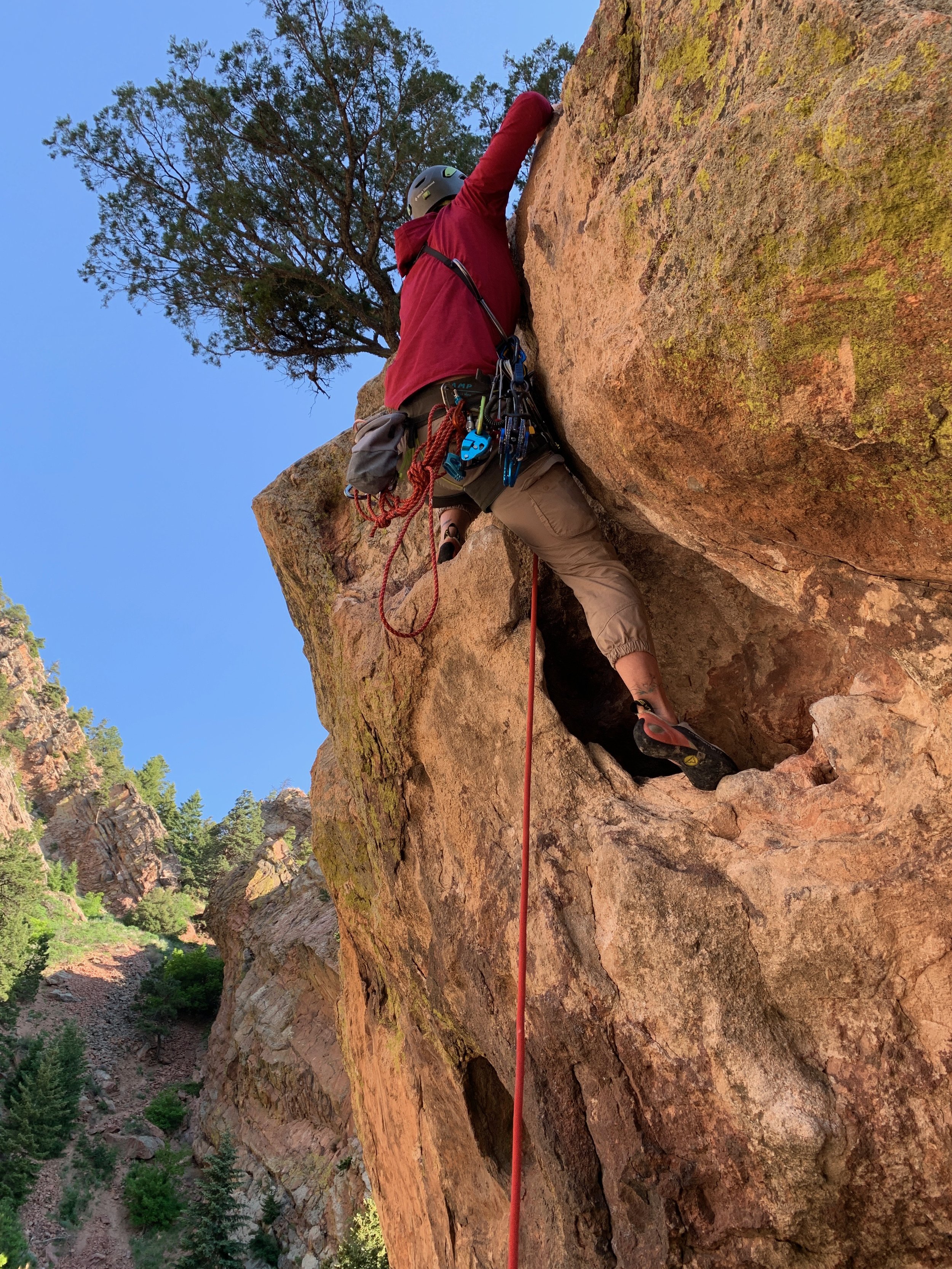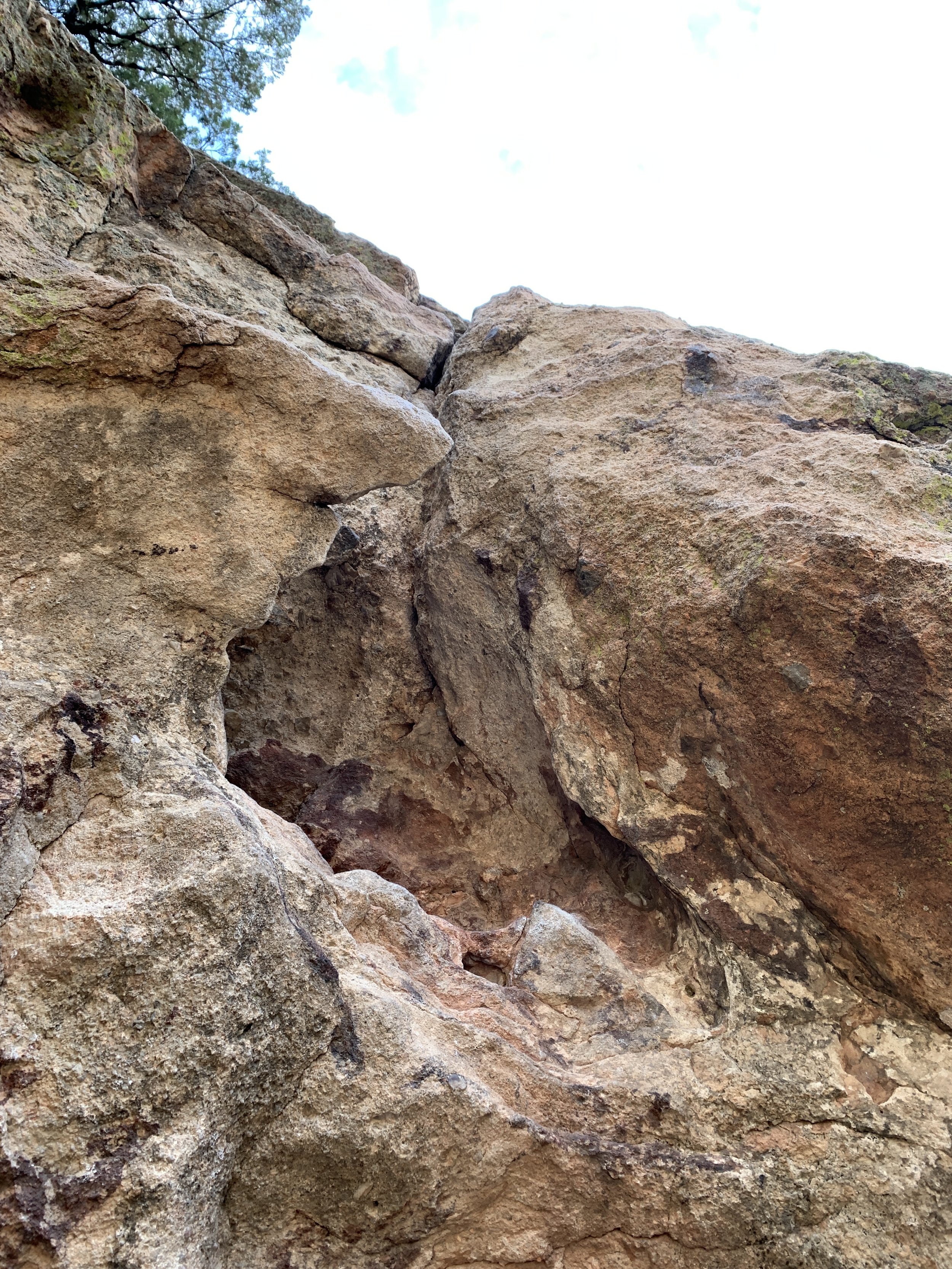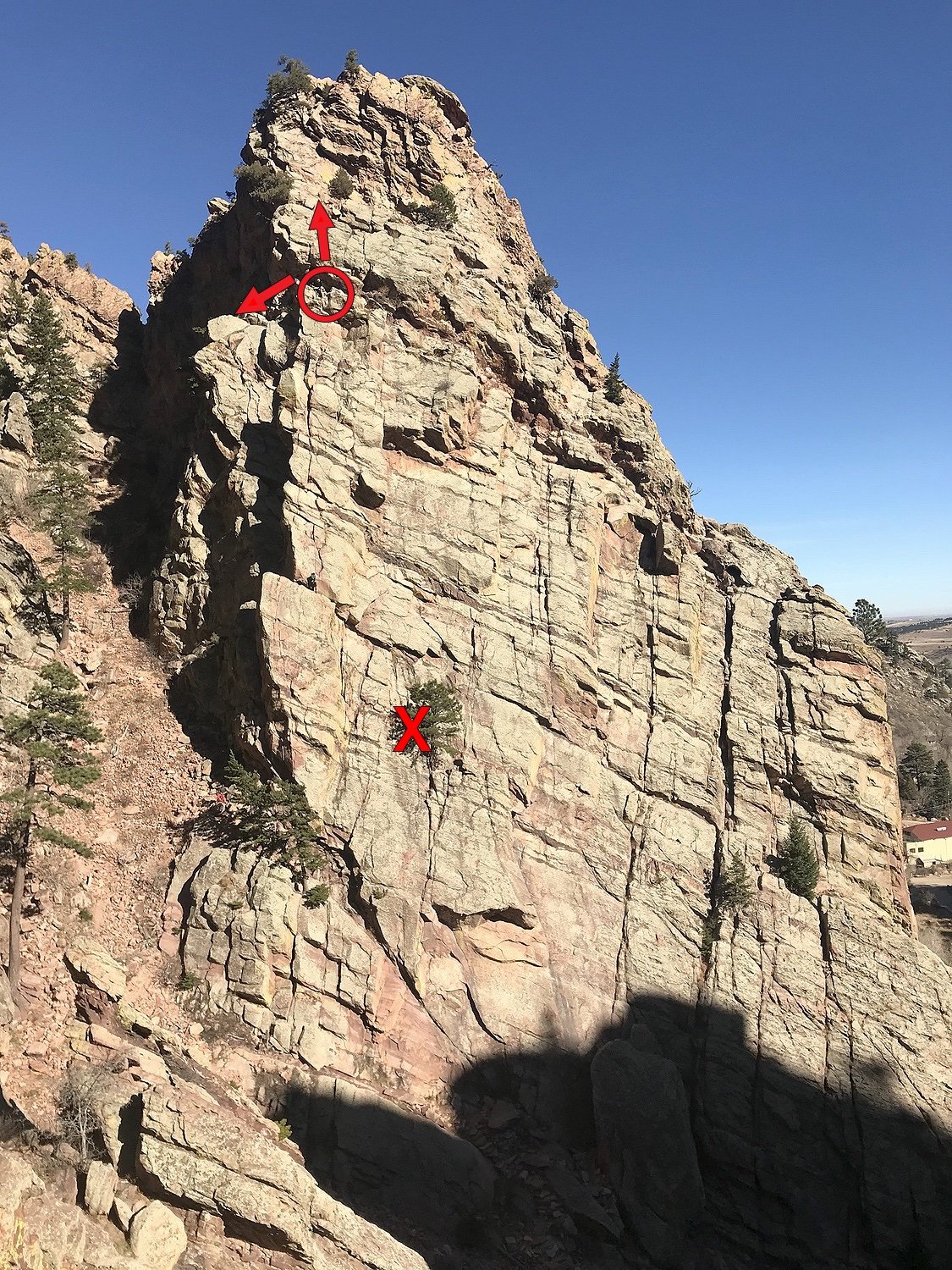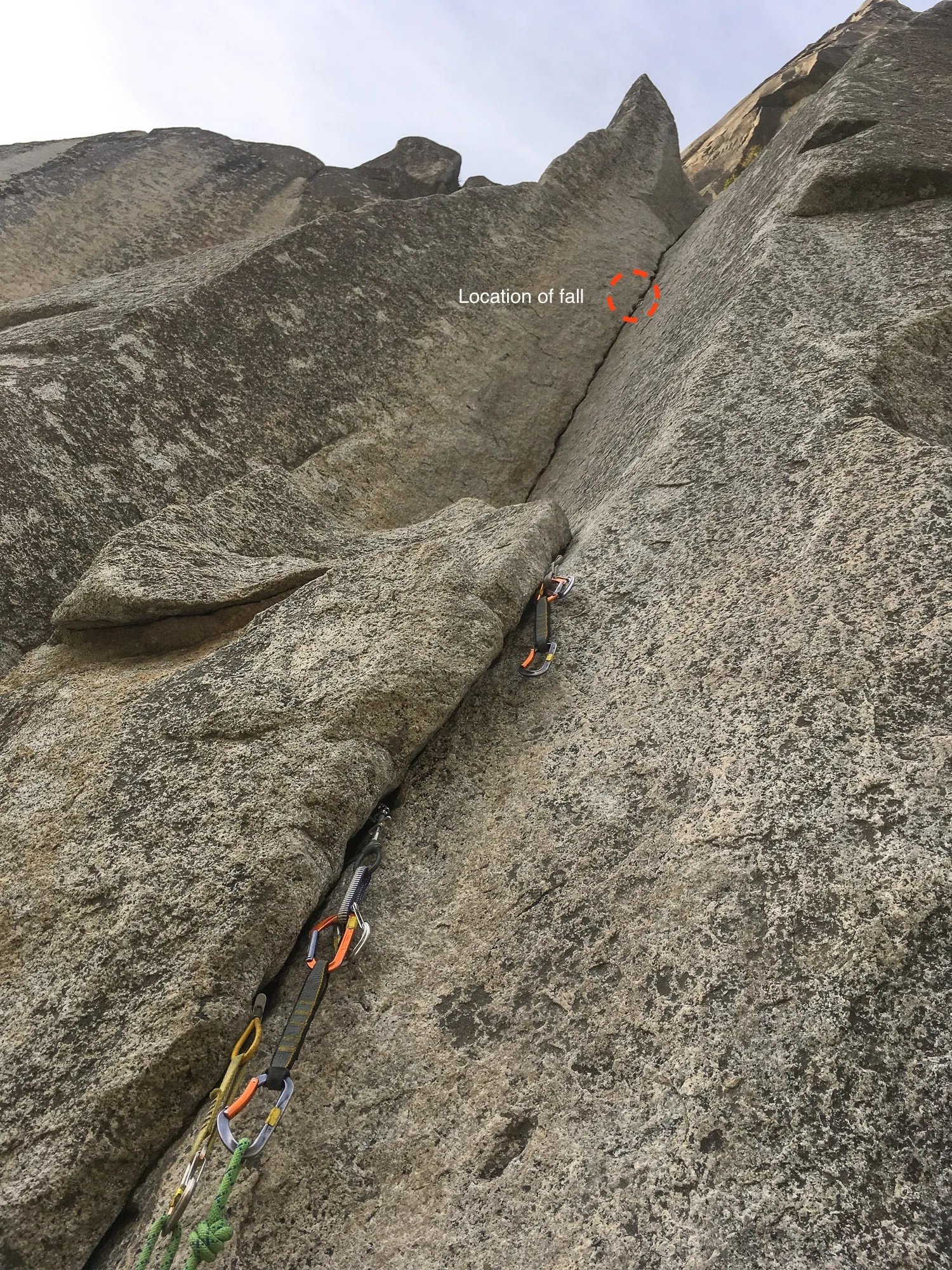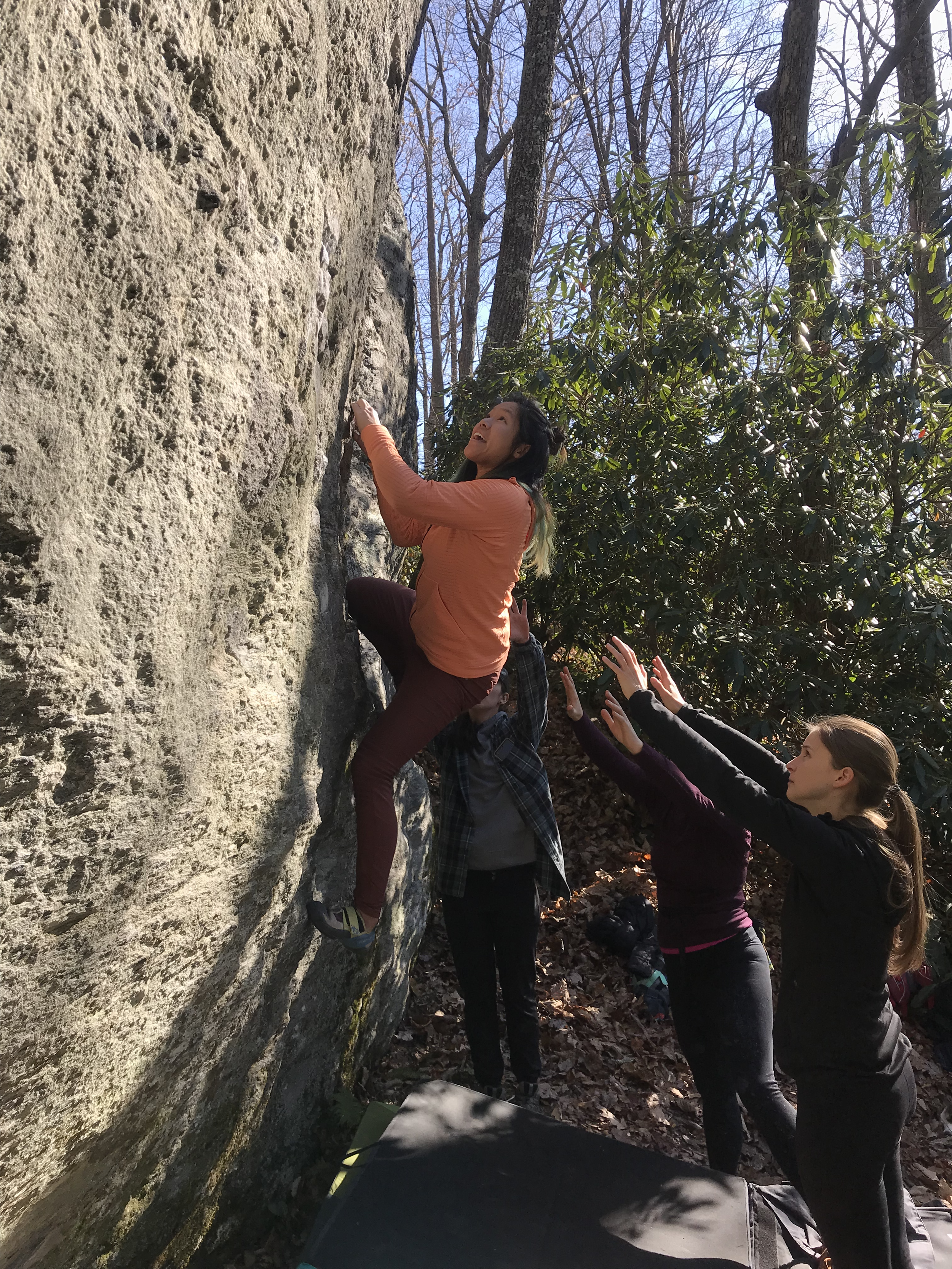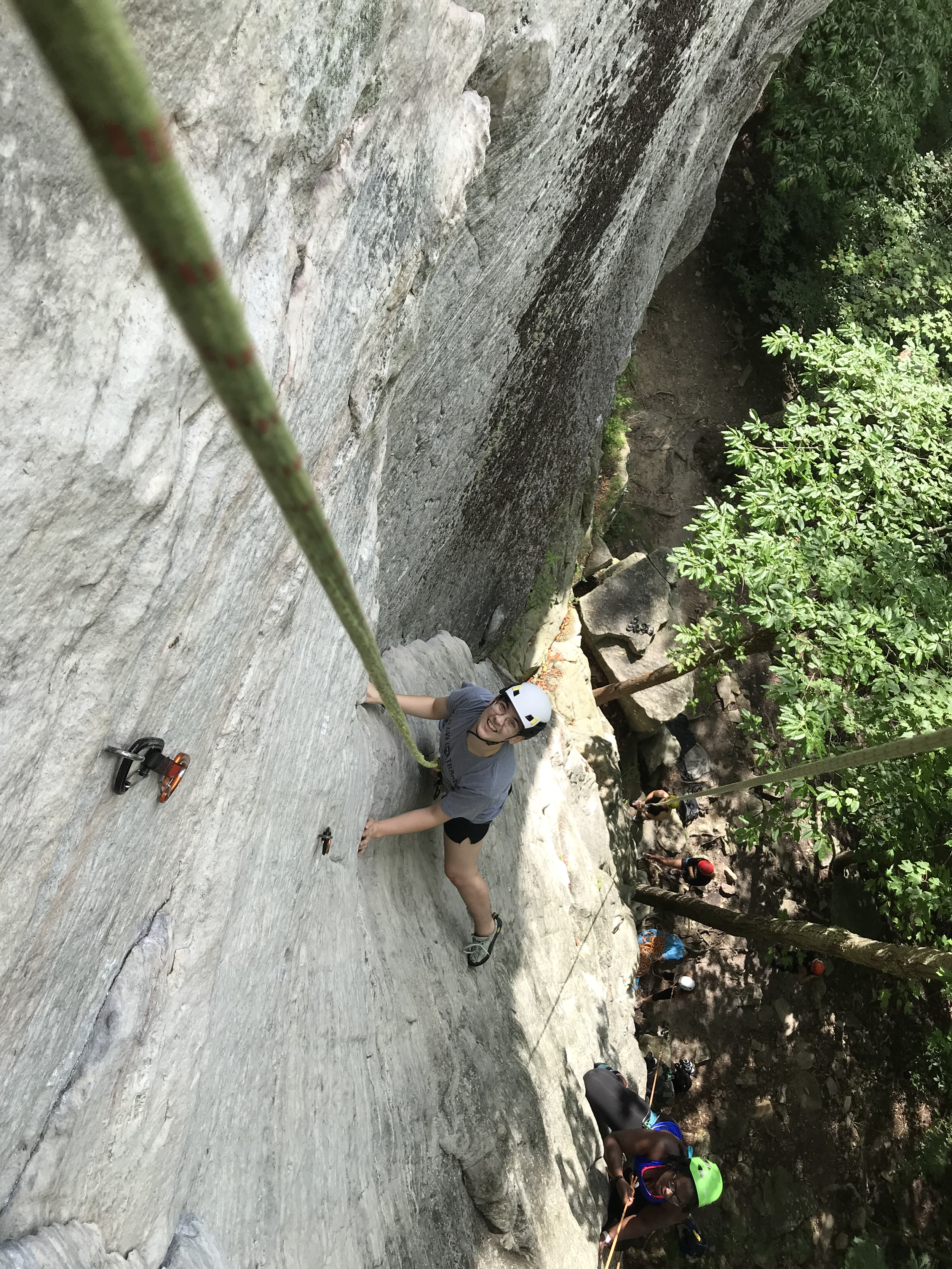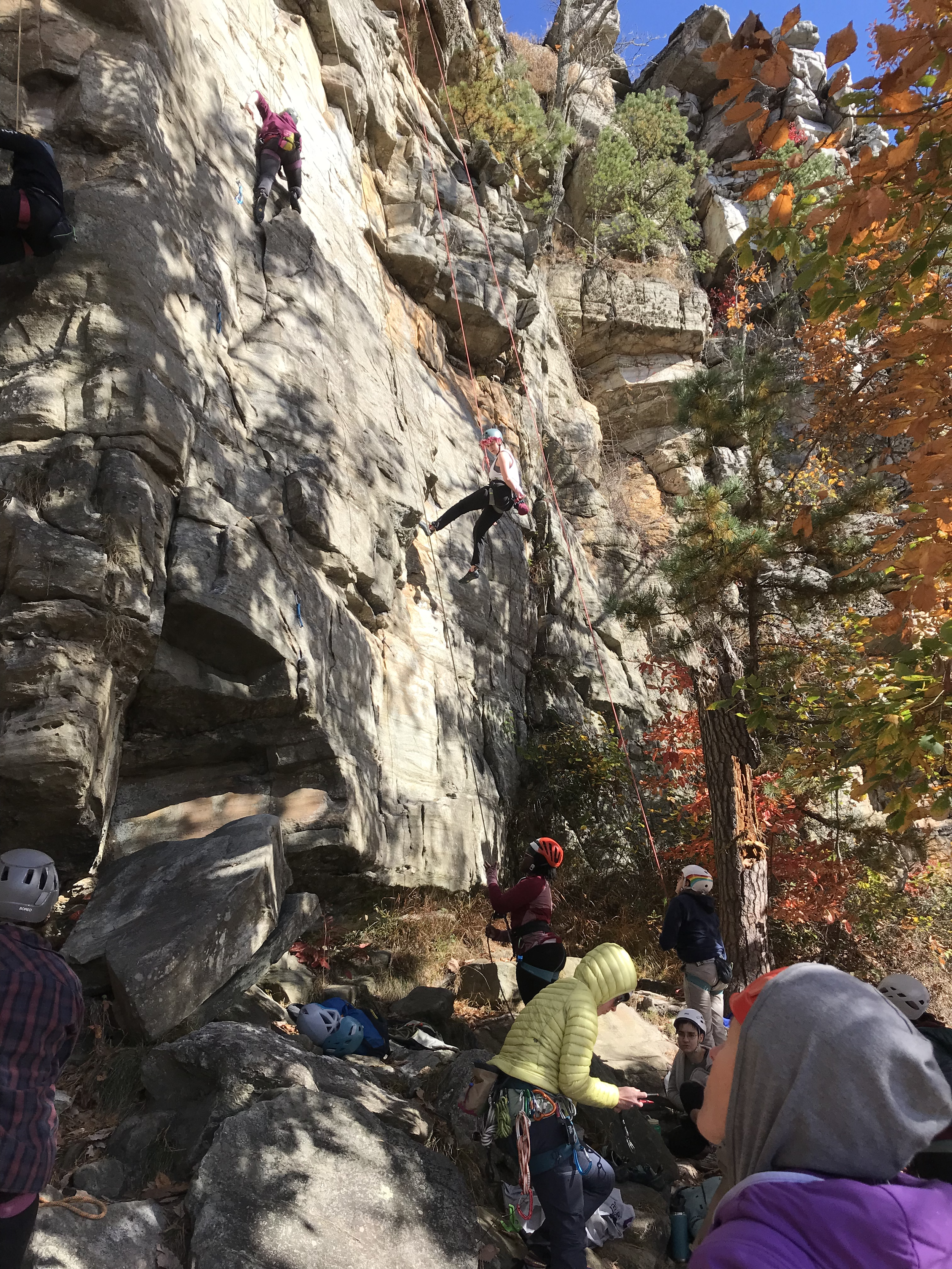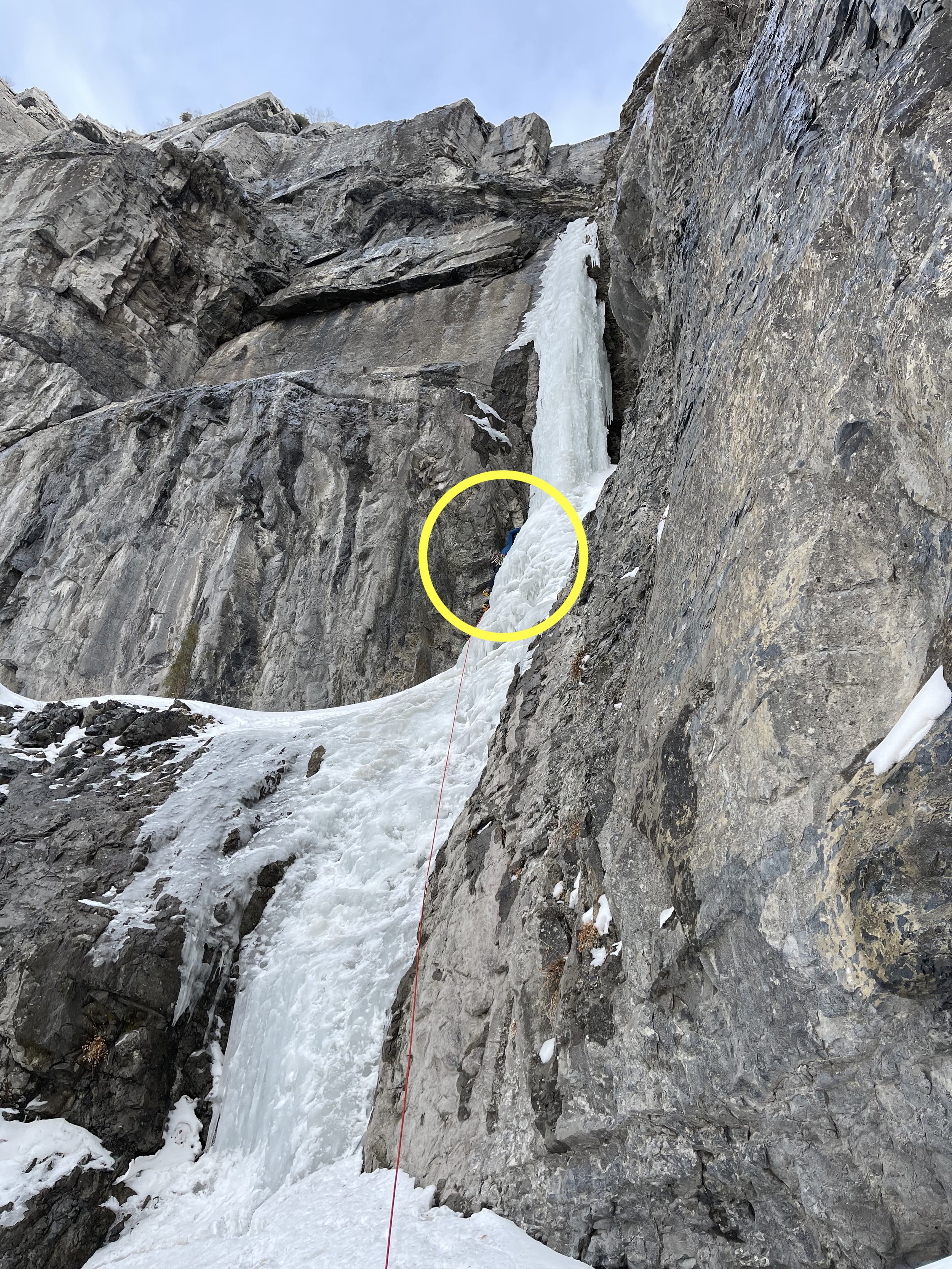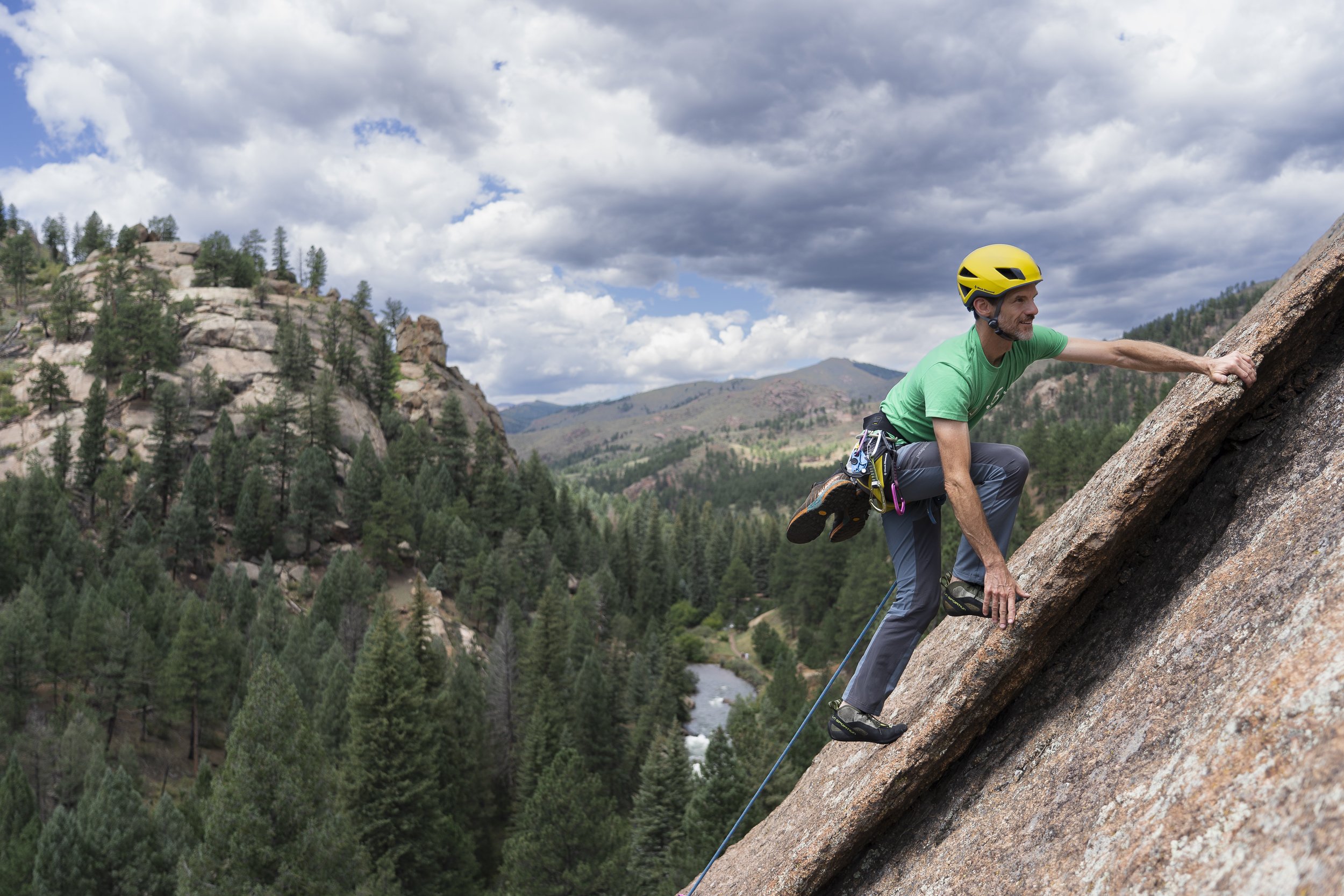The Ice Climbing Atlas Project
Avalanche Observations from Popular Ice Climbs in the Canadian Rockies
Our friends in the Canadian Rockies take avalanches seriously. The terrain is big, cold, and snowy. The Rockies are also a popular ice climbing venue that holds a vast trove of some of the best ice in the world. However, those who want to climb cascades, gullies, smears, and drips in this region must pay heed to the perils of avalanches. Fortunately, Avalanche Canada, a not-for-profit organization dedicated to public avalanche safety that issues daily avalanche forecasts throughout the winter and provides avalanche awareness and education programs, recently started the Ice Climbing Atlas Project.
Rogan’s Gully has a roadside location and moderate climbing, making it a popular outing. As shown, though, once in the gully it’s near impossible to get out of harm’s way should something come down. Photo: Avalanche Canada/Grant Statham
The Ice Climbing Atlas Project started through an ongoing collaboration between Avalanche Canada, their ambassador Sarah Hueniken, and Grant Statham, a visitor safety specialist for Banff National Park. Hueniken and Statham are among the most experienced ice climbers in the range and are also certified guides. The atlas is intended to provide an overview of historical avalanche observations from popular ice climbs in the Rockies. According to the website, this work in progress will be regularly updated as information on climbs gets collected.
The Ice Climbing Atlas Project provides an Avalanche Terrain Exposure Scale (ATES) rating for eight very popular ice climbs. According to Parks Canada, the ATES categorizes avalanche terrain based on unchanging characteristics. By using the ATES, climbers will get a sense of the type of avalanche terrain threatening their proposed route and its approach.
The Ice Climbing Atlas merges graphics with actual route photos to illustrate avalanche hazards. Photo: Avalanche Canada/Grant Statham
The atlas also provides other crucial information for each climbing route. This includes data on how often these routes get climbed; information on the frequency of avalanches; analyses regarding the time of year and frequency of climbing; presence of avalanche debris; graphical representation of the avalanche start zones and run-outs; and reports of actual avalanches/accidents.
As noted on the site: Avalanche observations are collected through surveys of local climbers conducted by Sarah Hueniken. Our hope is that by sharing historical data, climbers can better understand the avalanche hazard that exists on these popular climbs. We strongly encourage all ice climbers to always carry avalanche safety gear—transceiver, probe, and shovel.
The Ice Climbing Atlas Project points the way to the future. Hopefully, an organization in the United States will eventually create something along these same lines.
Join the Club—United We Climb.
Get Accidents Sent to You Annually
Partner-level members receive the Accidents in North American Climbing book every year. Detailing the most noteworthy climbing and skiing accidents each year, climbers, rangers, rescue professionals, and editors analyze what went wrong, so you can learn from others’ mistakes.
Rescue & Medical Expense Coverage
Climbing can be a risky pursuit, but one worth the price of admission. Partner-level members receive $7,500 in rescue services and $5,000 in emergency medical expense coverage. Looking for deeper coverage? Sign up for Leader-level and receive $300k in rescue services.
FALL AND SPRING AVALANCHES IN THE CANADIAN ROCKIES: THE EDITOR’S STORY
In the Rockies, winter is not the only season in which avalanches pose a climbing hazard. It can snow during any month of the year, so fall, spring, and even summer can be hazardous for climbers.
Avalanches in the Rockies can be huge and often follow the climber’s line of ascent. Photo: Wikimedia Commons/David Wilson
In September 1997, my climbing partner and I drove up to Canada with an eye on alpine routes. Conditions were typically mercurial—one day an alpine rock route would be dry, and the next morning it would be covered with verglas. On another day, a different route would be filled with blue ice, and on the next it would be flushed by an avalanche every 15 minutes, spawned on the slopes far above the climbing route. We always erred on the side of safety, waiting for days on end after storms before venturing onto a climb. Even approaches could be perilous.
The next spring we drove up and met the one and only Jeff Lowe, intent on doing a new route above the Icefields Parkway. Sure enough some storms rolled through, costing us several days. Lowe was on a tight schedule and departed while the remaining two of us decided to scope out a route on a big mountain that was fairly close to the road.
To get a better view, we pulled off the highway and skied across a lake and into the forest on the far side. There, below an open slope—read: avalanche path—we pulled out the binoculars to scope out the climb. The route we had in mind followed a large gully that cut across the face before joining a couloir leading to the crux rock band below the summit. The sky was clear blue, the temperatures were cold, and the air still. After ten minutes of observation, we turned our backs to ski down in search of a different perspective.
Rockies ice climbing is world class but comes with a host of big-mountain hazards. Photo: Wikimedia Commons/Dwayne Reilander
Above we heard a faint crack and turned to watch as a puff of powder snow in the upper couloir wafted down. It grew larger and larger. It was a beautiful sight as the cloud billowed and slowly descended the gully. After a few moments we could hear a dull roar growing louder and louder. We turned to each other and wordlessly asked, “How big is this?” The cloud grew bigger and bigger and closer and closer. We began skiing faster and faster away from the face. I looked over my shoulder and saw to my horror that as the cloud struck the lower slopes it neither slowed nor dissipated.
At this point we were skiing as fast as we could. Behind us, we could sense the pressure change as the avalanche pushed the air in its path. I glanced over my shoulder again. The cloud engulfed us and we crouched in a dark, seething mass of crystals that pelted us with little bullets of ice. After several long moments the roaring subsided and light penetrated the darkness. We shook the snow off our jackets and stood laughing with relief at what had been a very close call.
The Rockies holds a vast range of elevations, exposure, rock quality, and climbing styles each with its own set of complexities. I have climbed in the Canadian Rockies on over a dozen occasions and I still feel like I have so much to learn. For a reasonably simple explanation of the Rockies climbing seasons with general seasonal avalanche information, see Will Gadd’s webpage on Rockies climbing seasons.
Shop the ANAC Collection
The Sharp End: Impaled on Mt. Rainer
Mountaineering holds a host of hazards besides avalanches. Freezing cold, high winds, and falling rocks can plague any ascent, but what happens when a climber falls and gets skewered by his own ice axe? A climber named Aavron was on Mt. Rainier when he fell, pulling his climbing partner down a slippery slope with him. During the fall, he was impaled by his ice axe. Listen to this episode of the Sharp End Podcast to hear what happened and what Aavron learned from his accident.
The Prescription Newsletter is published monthly by the American Alpine Club.




